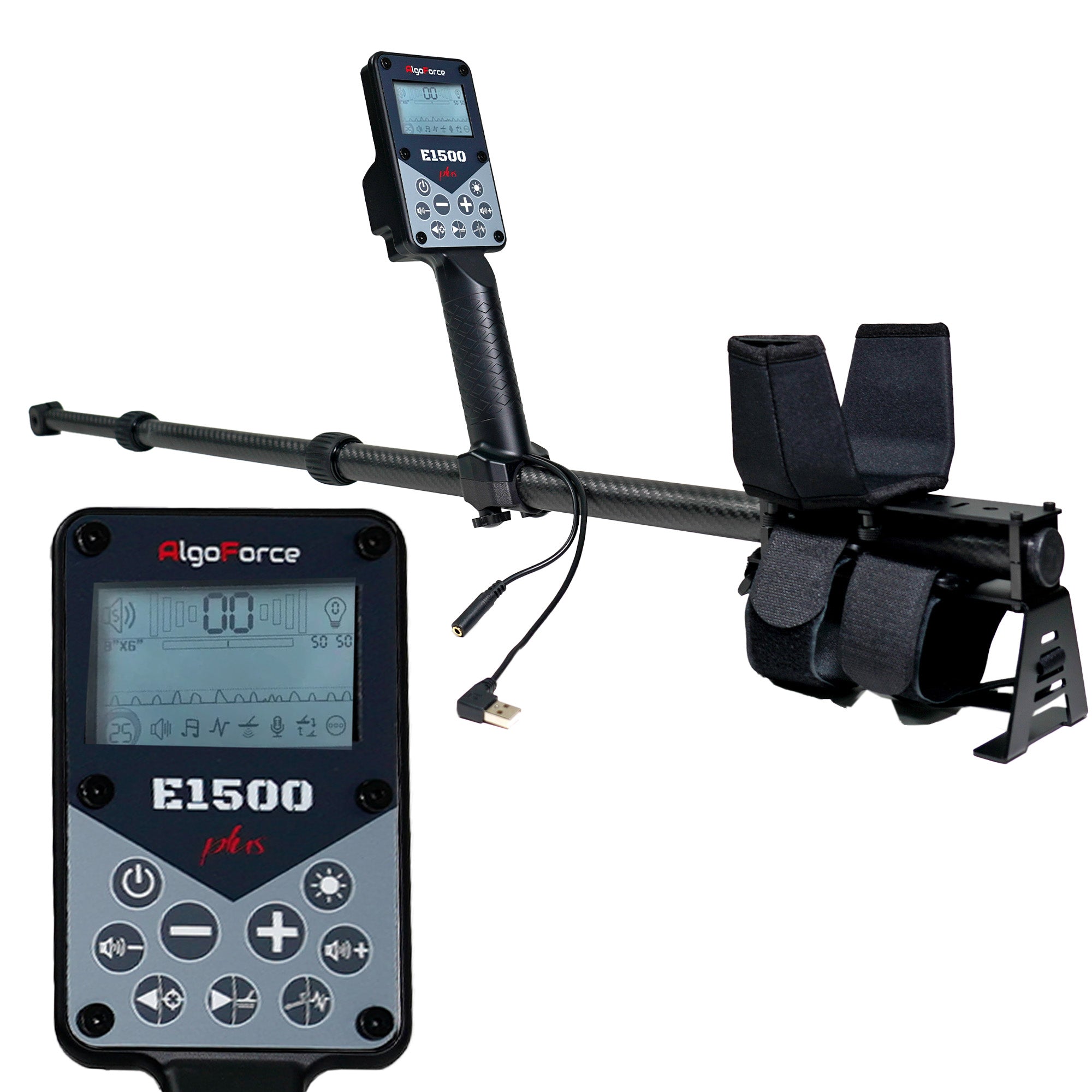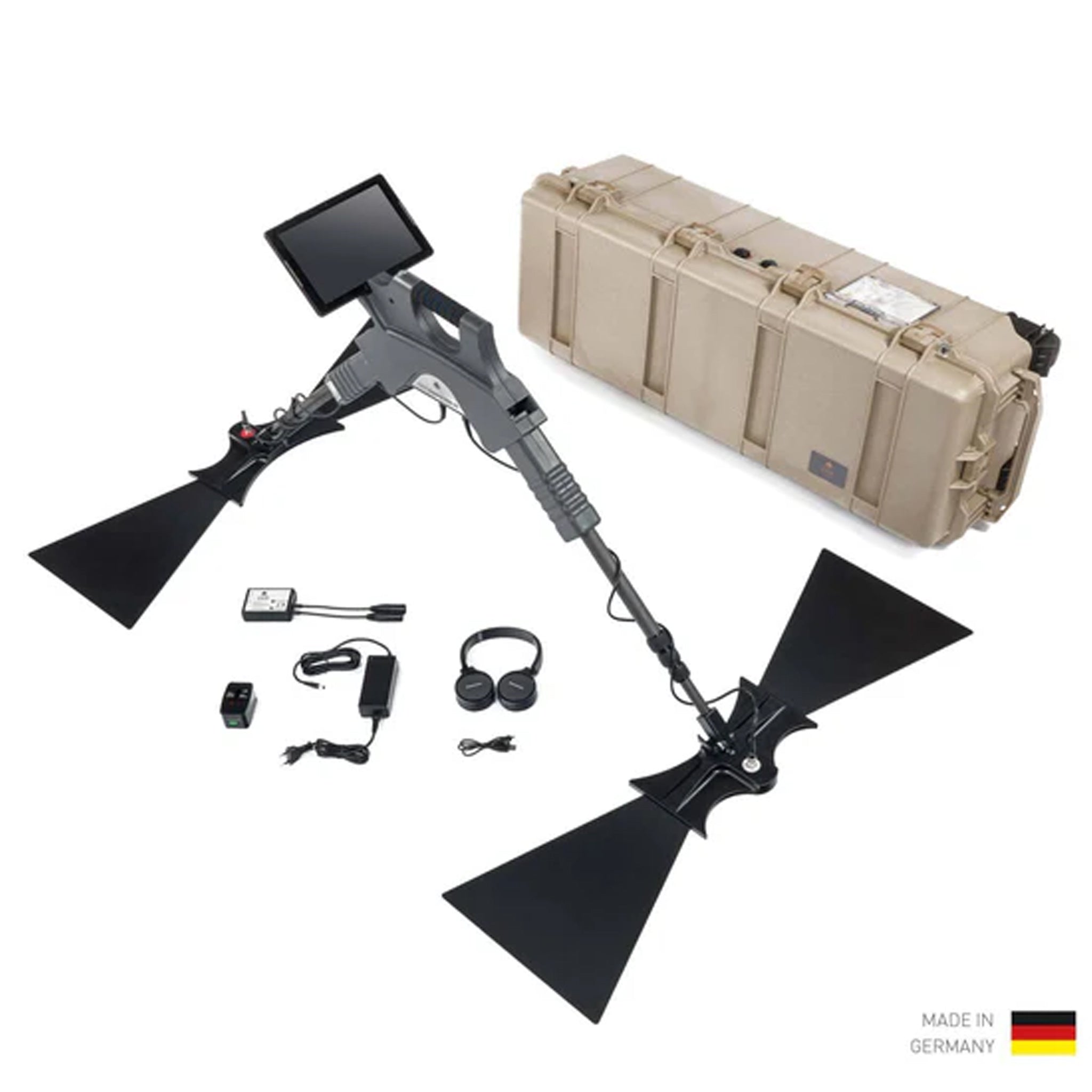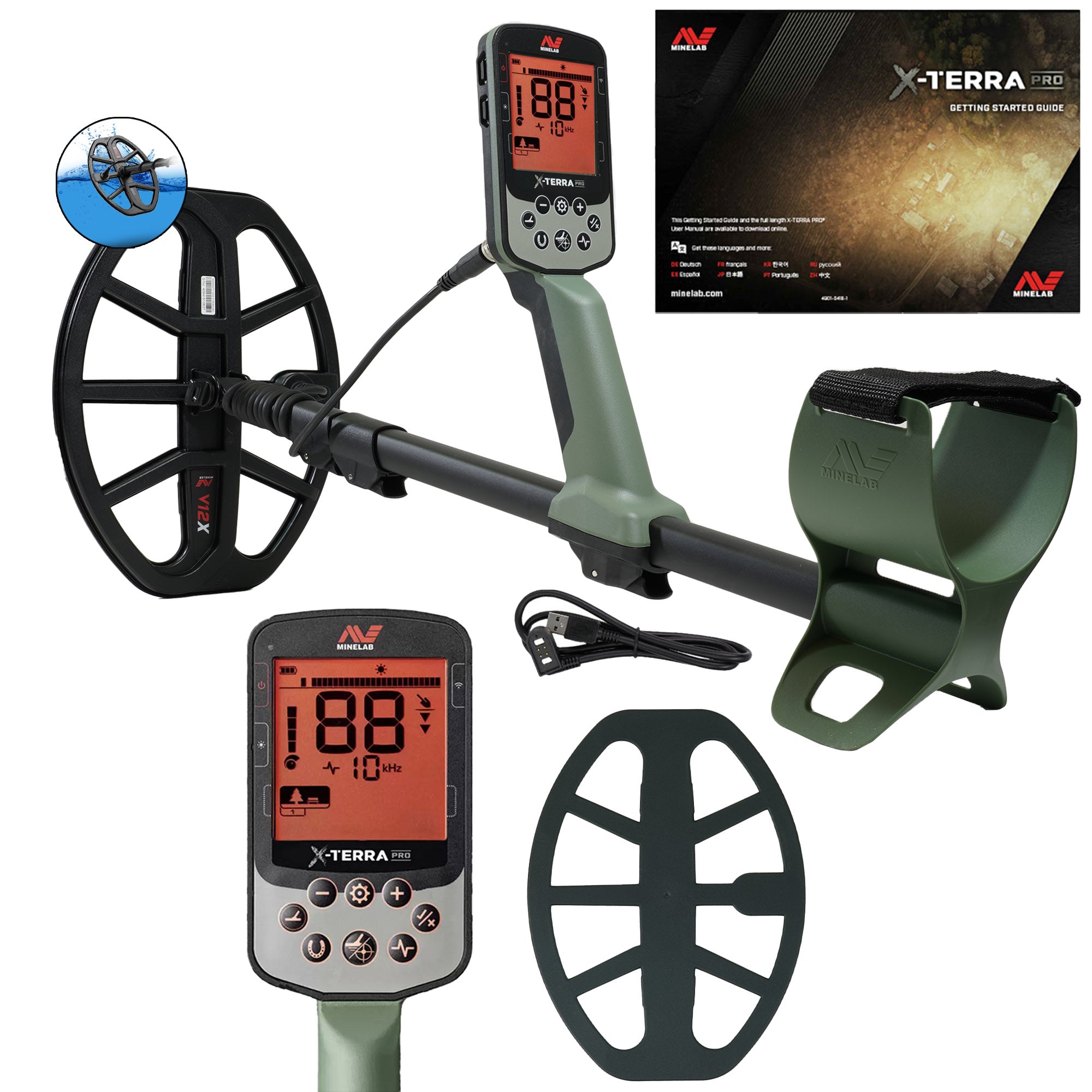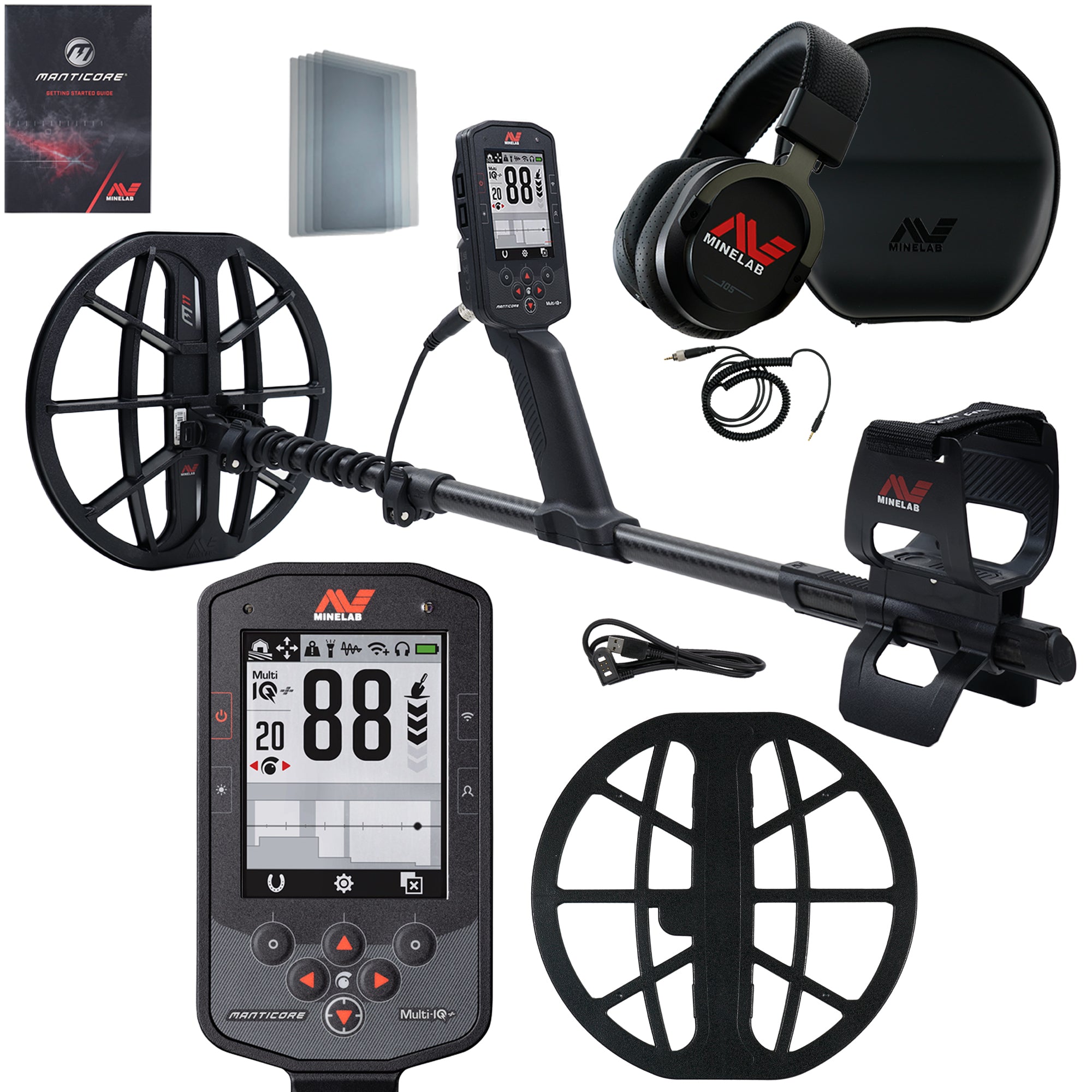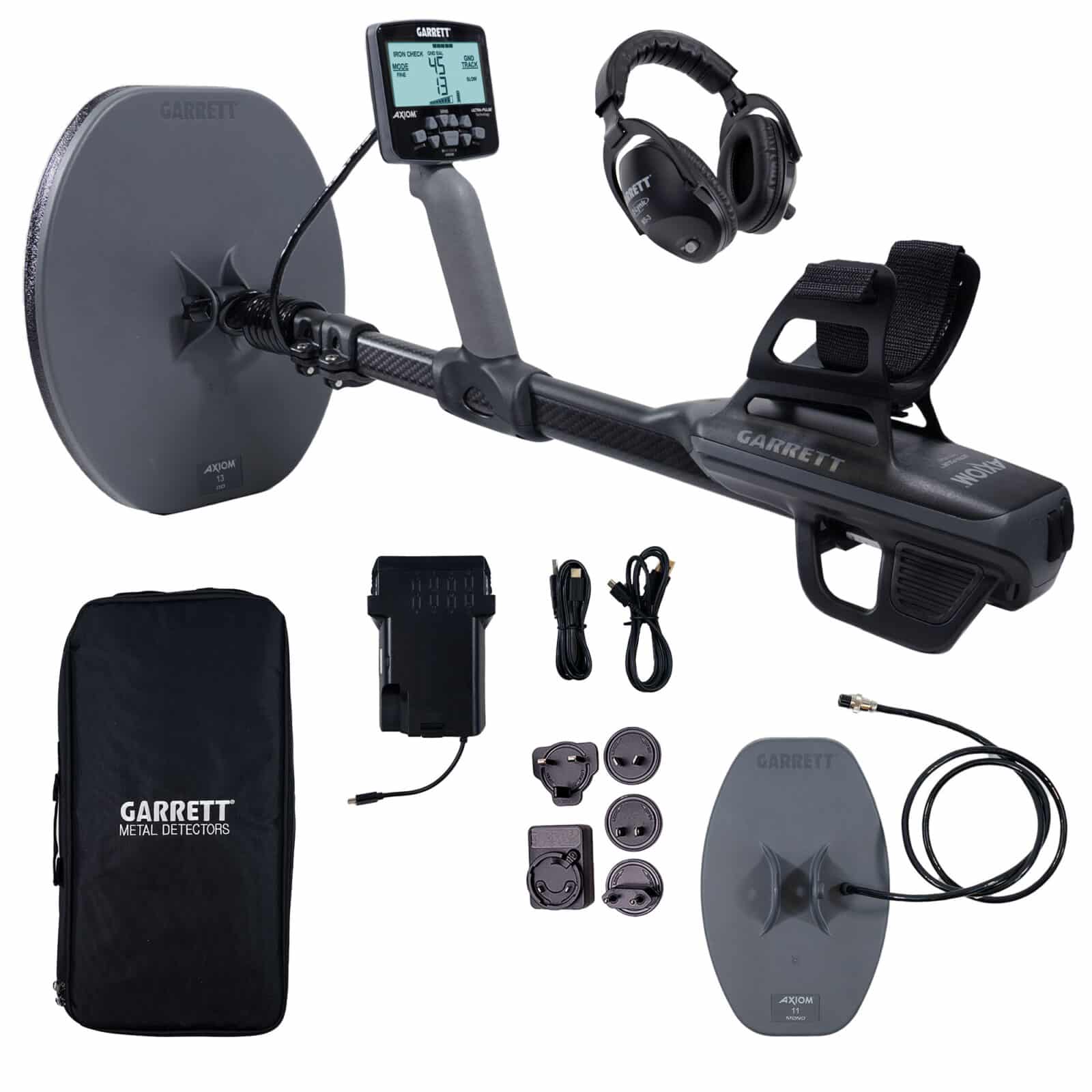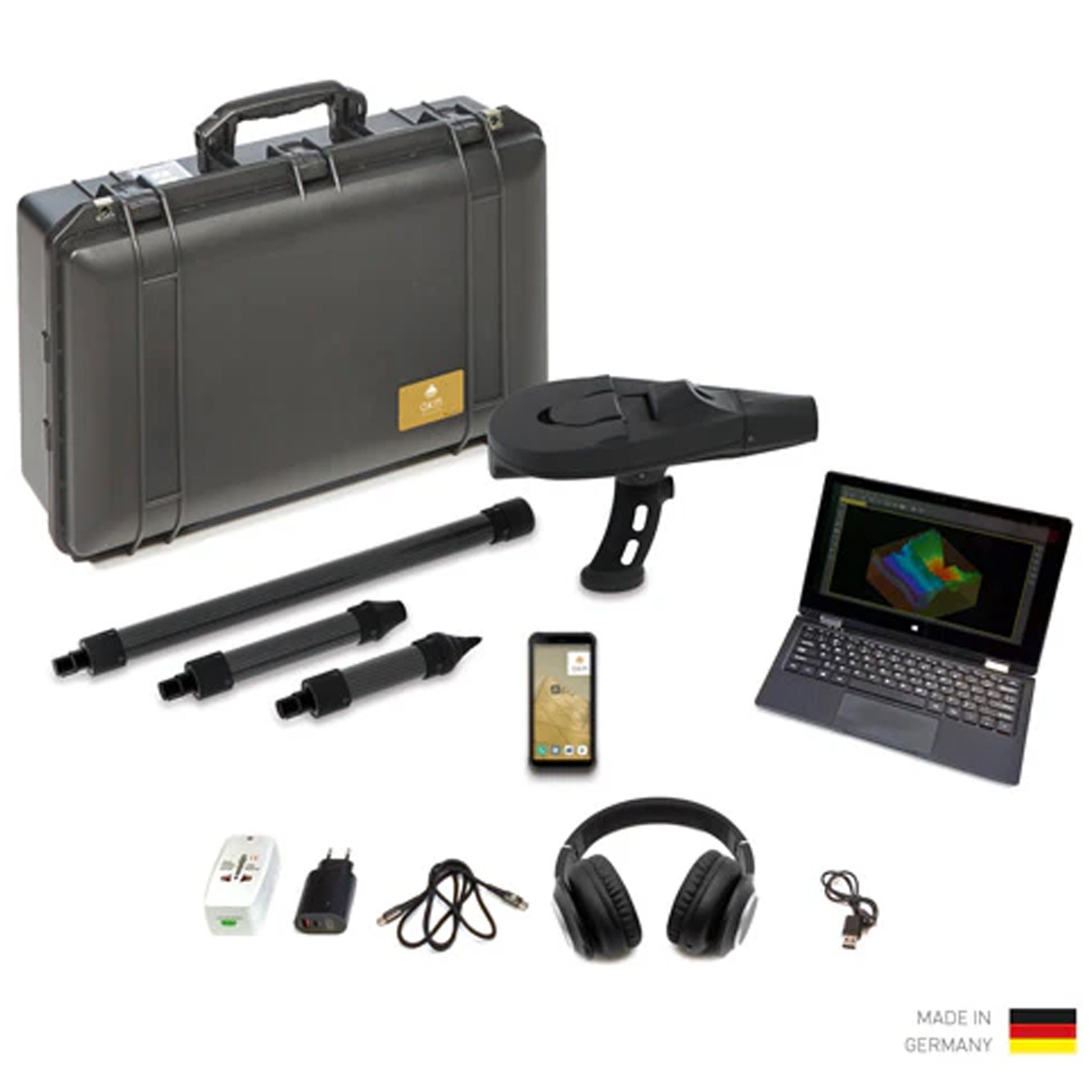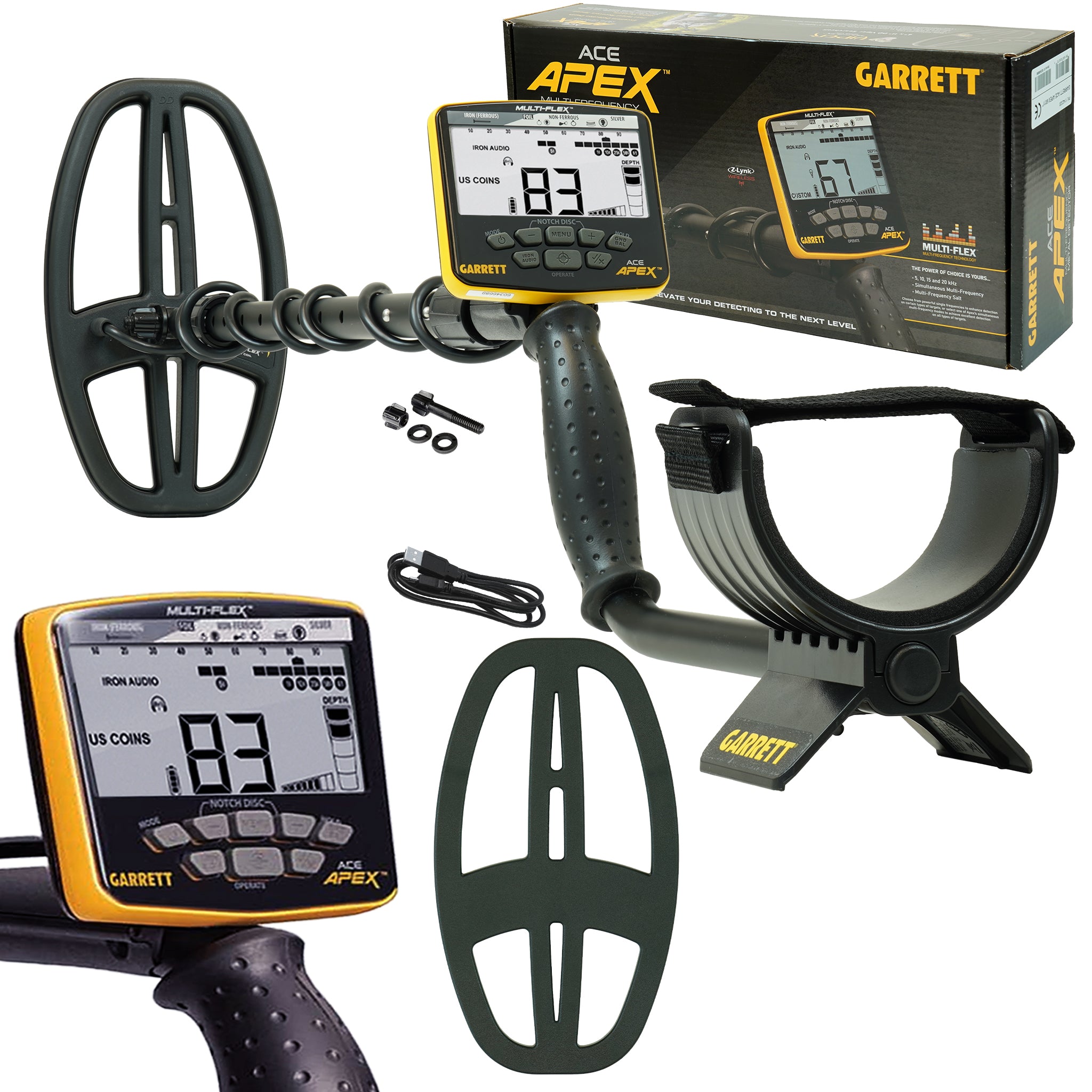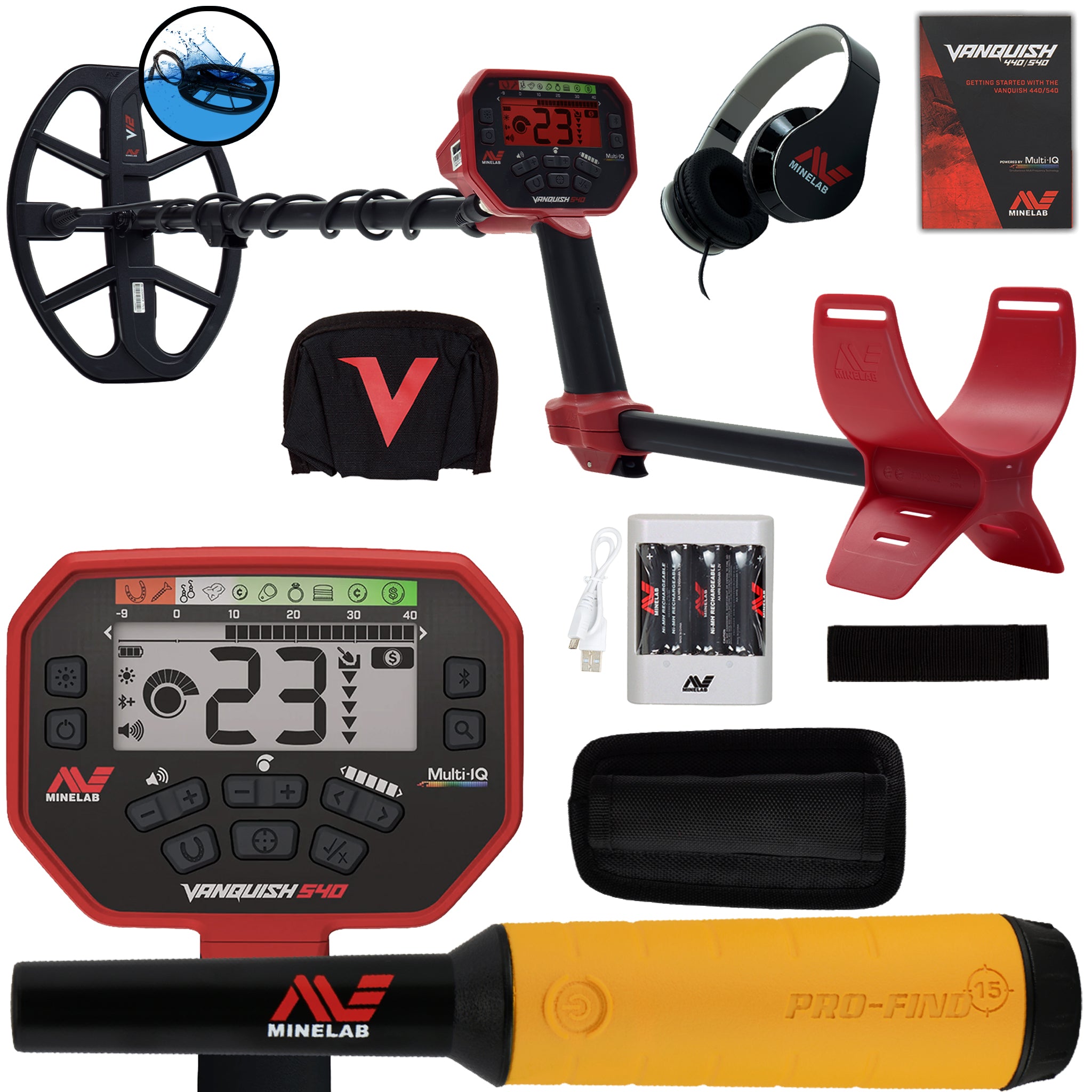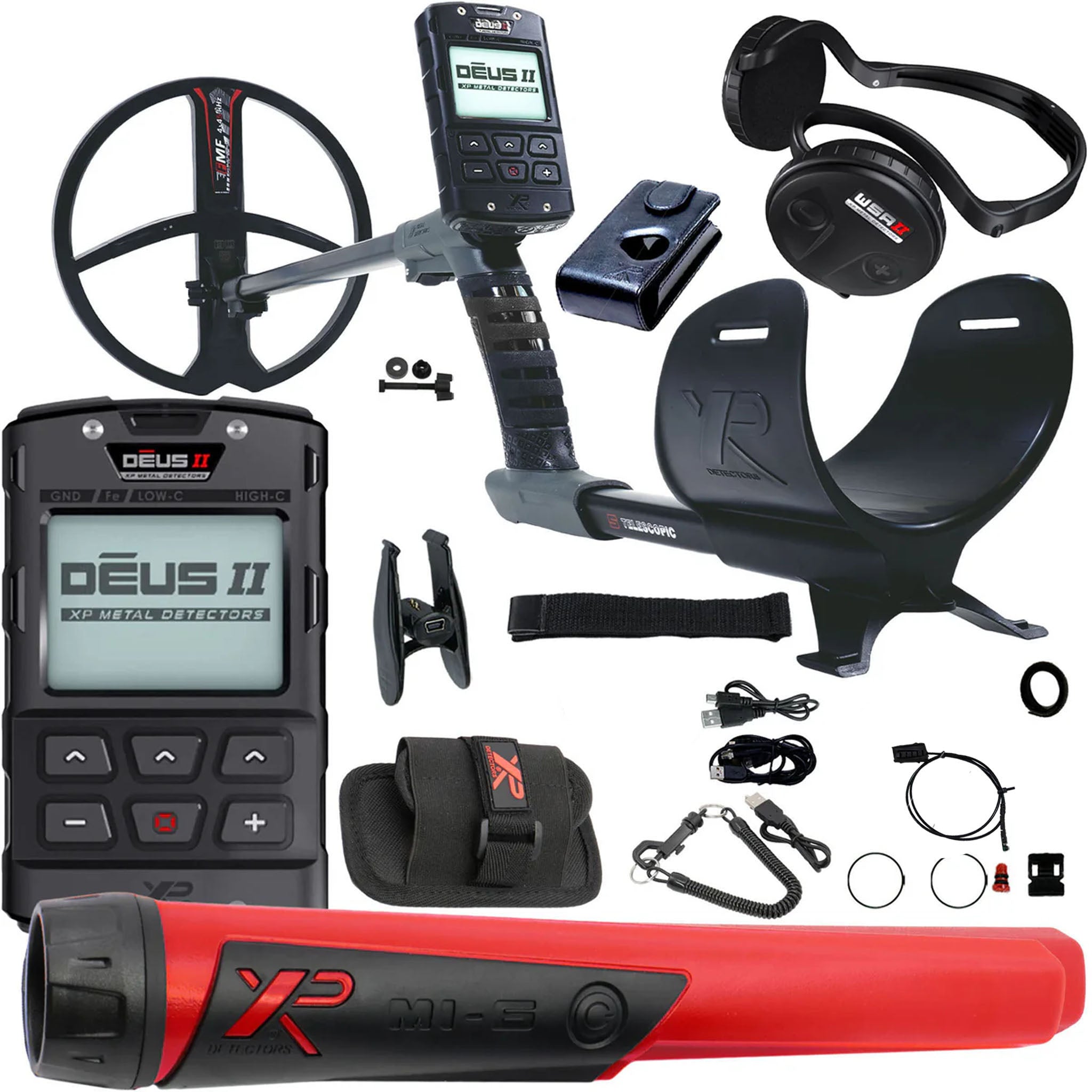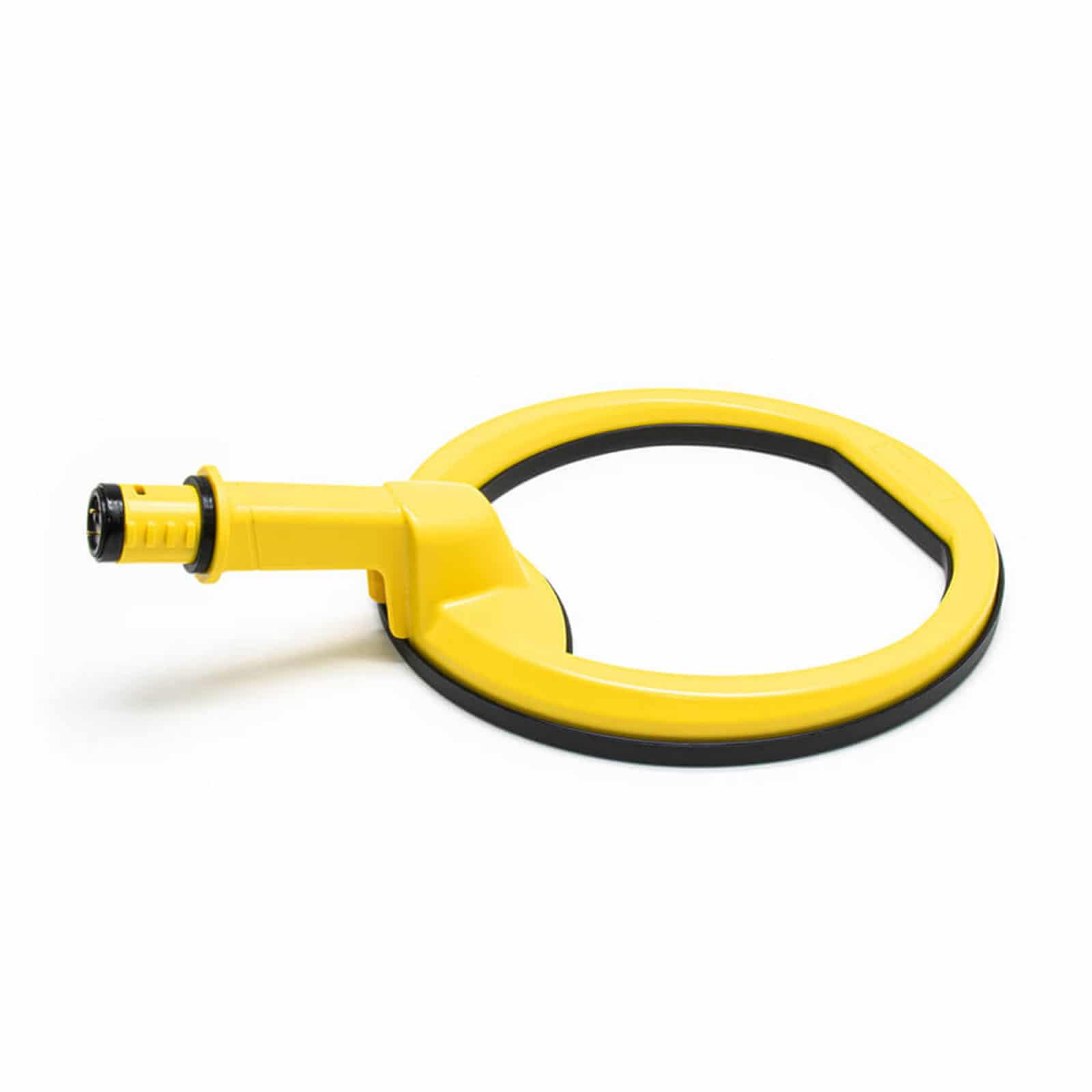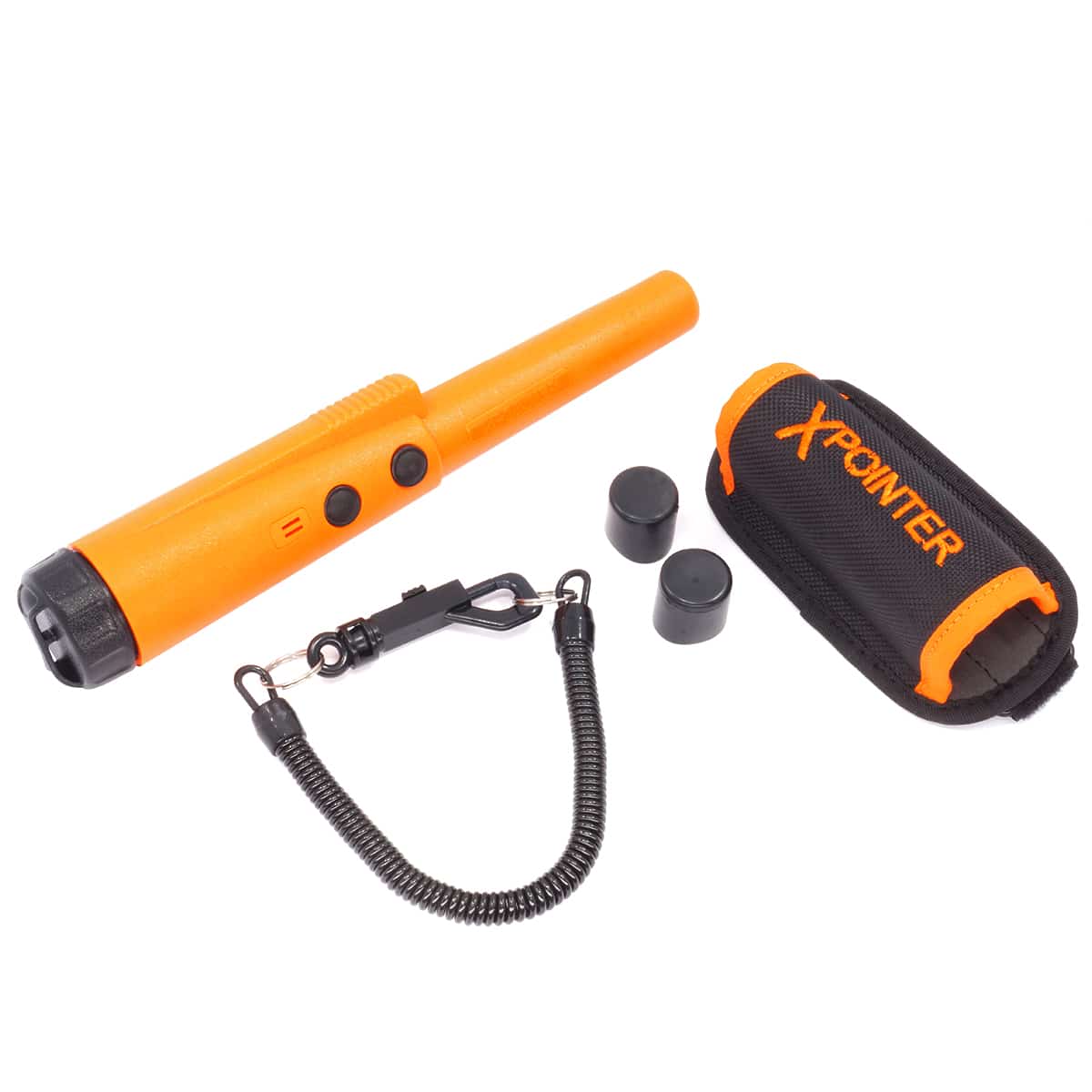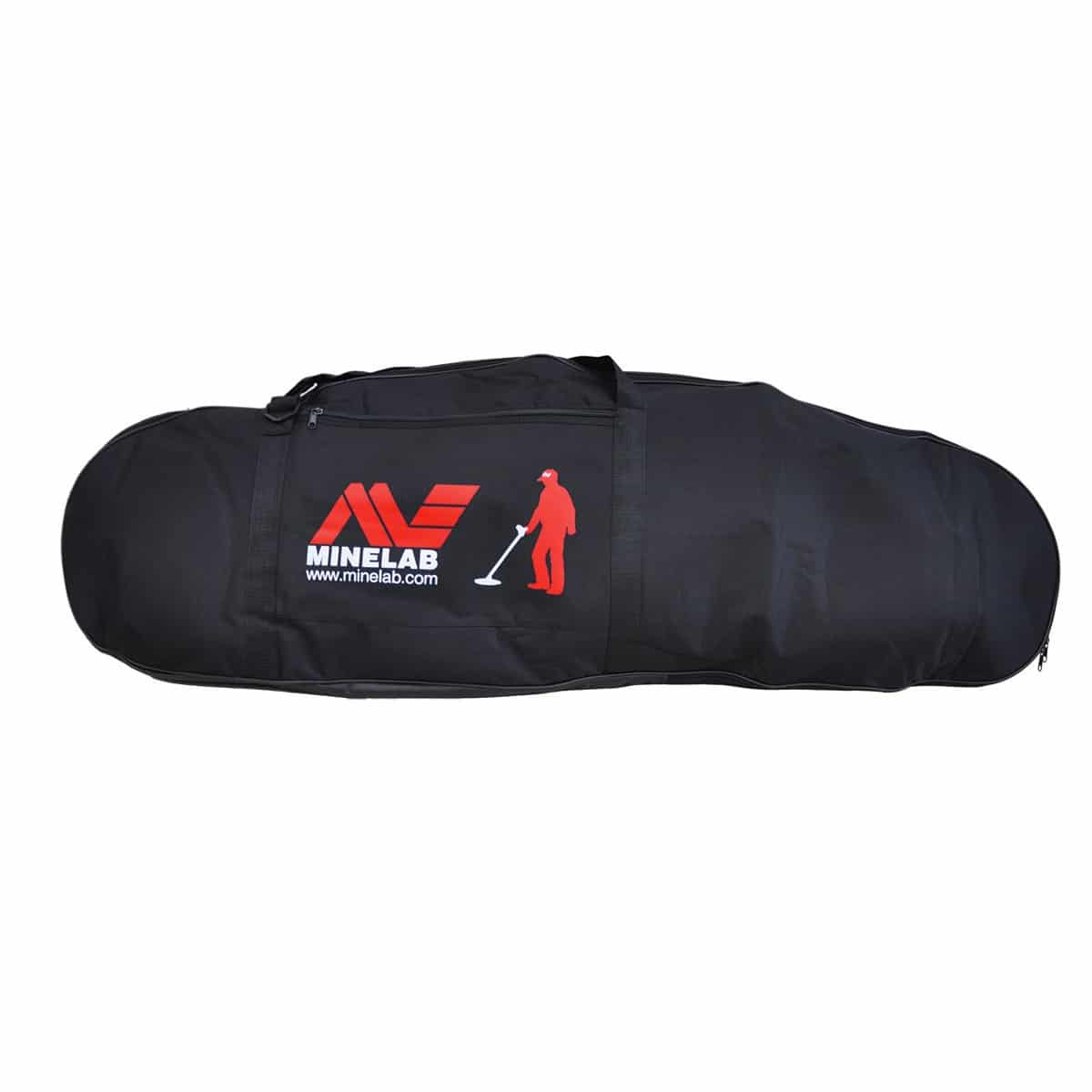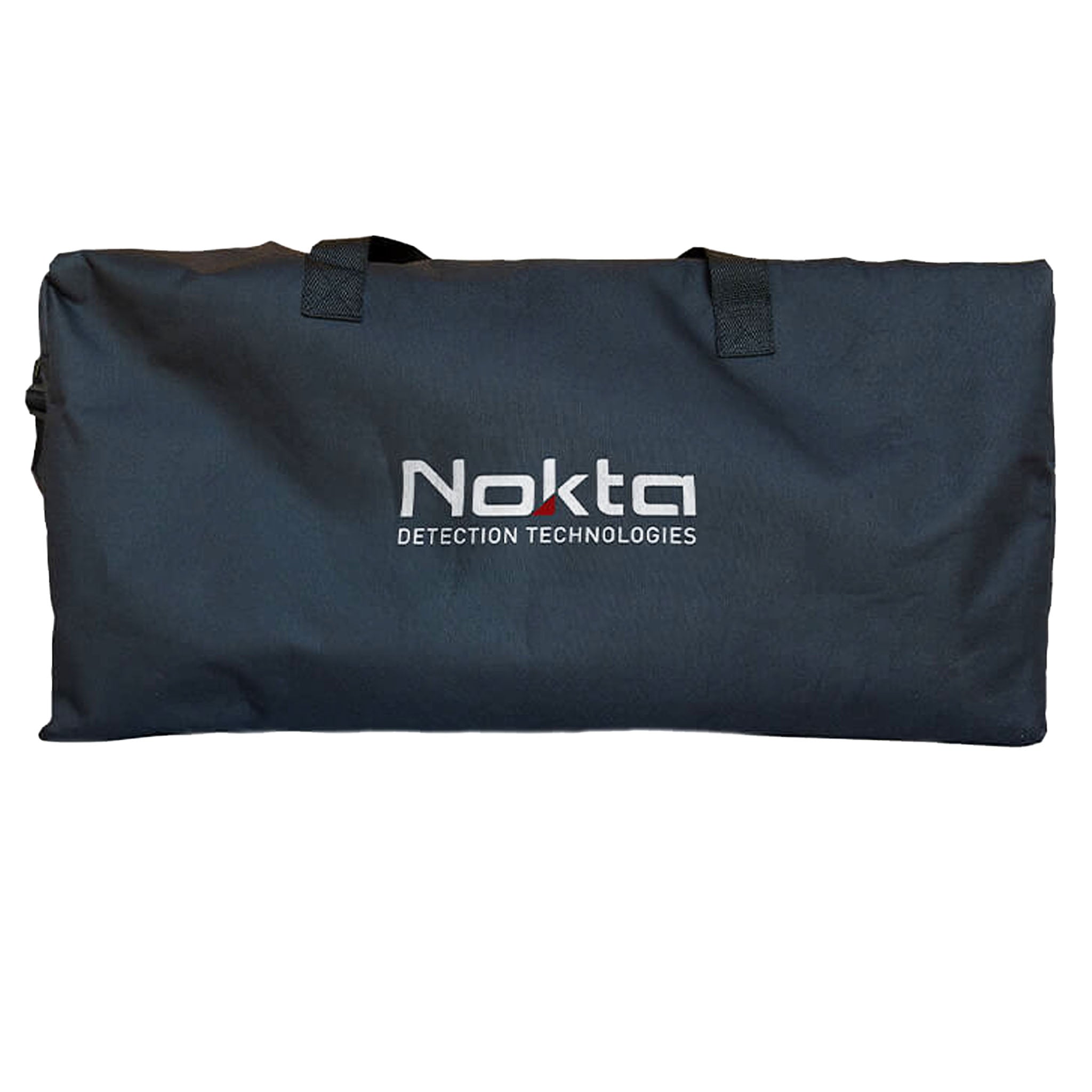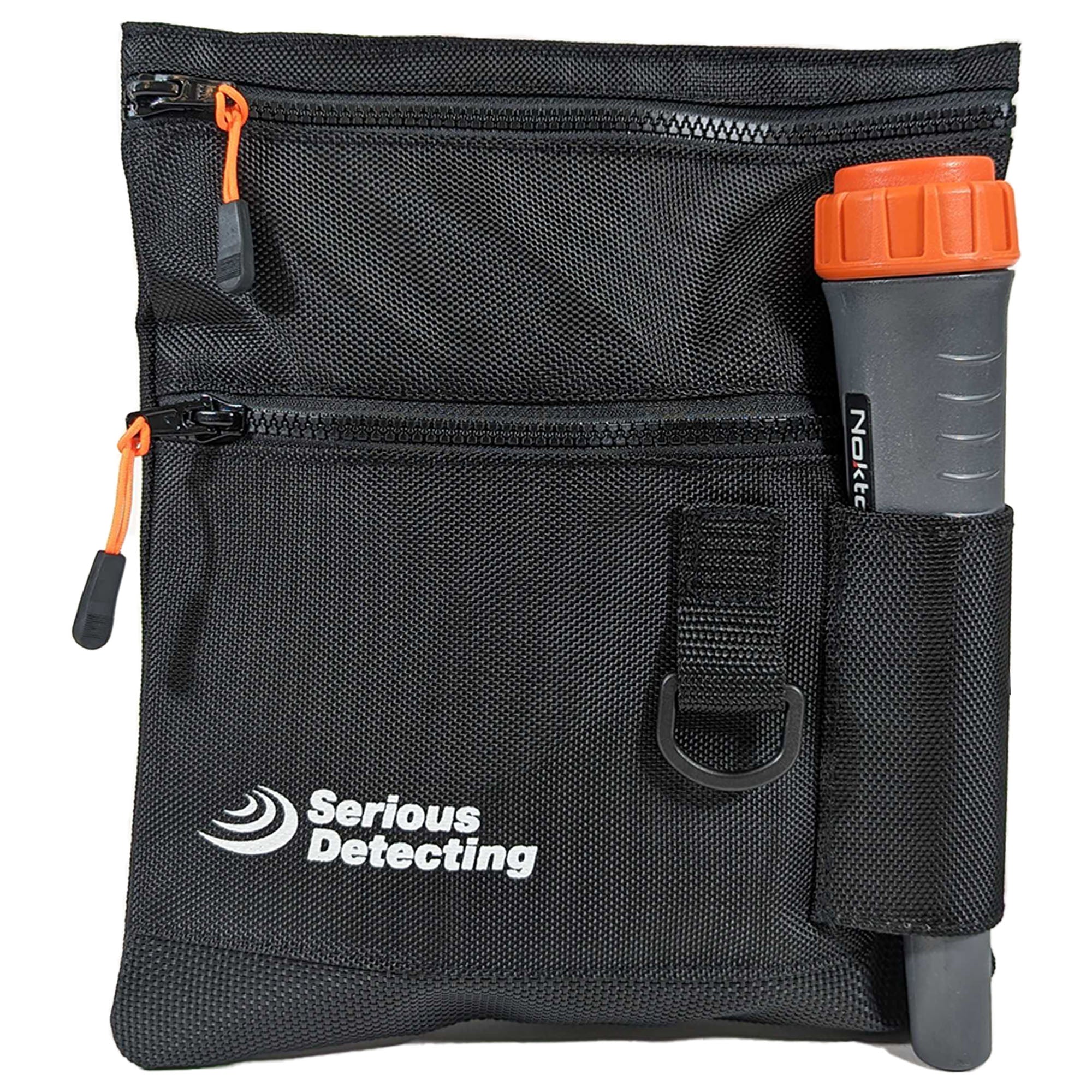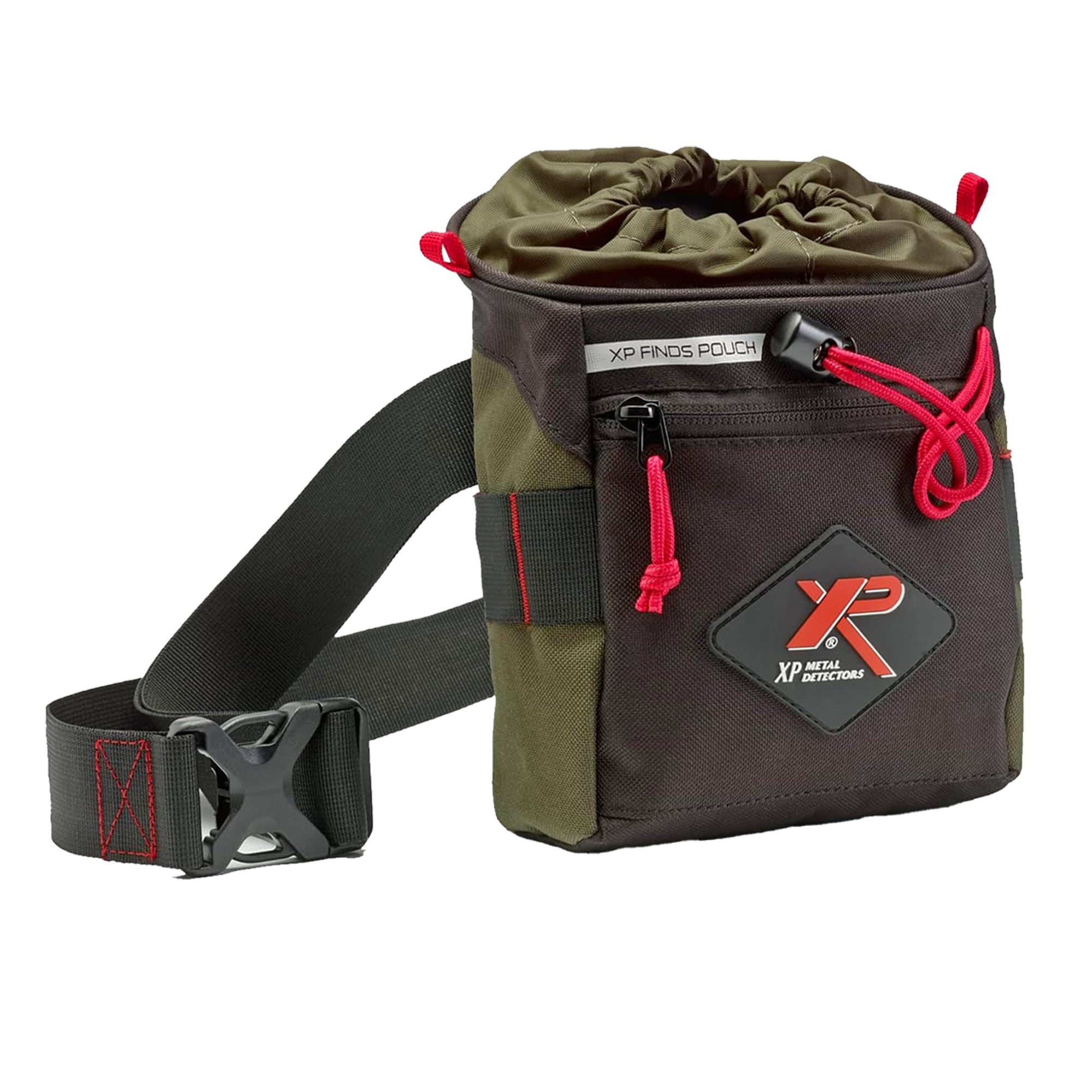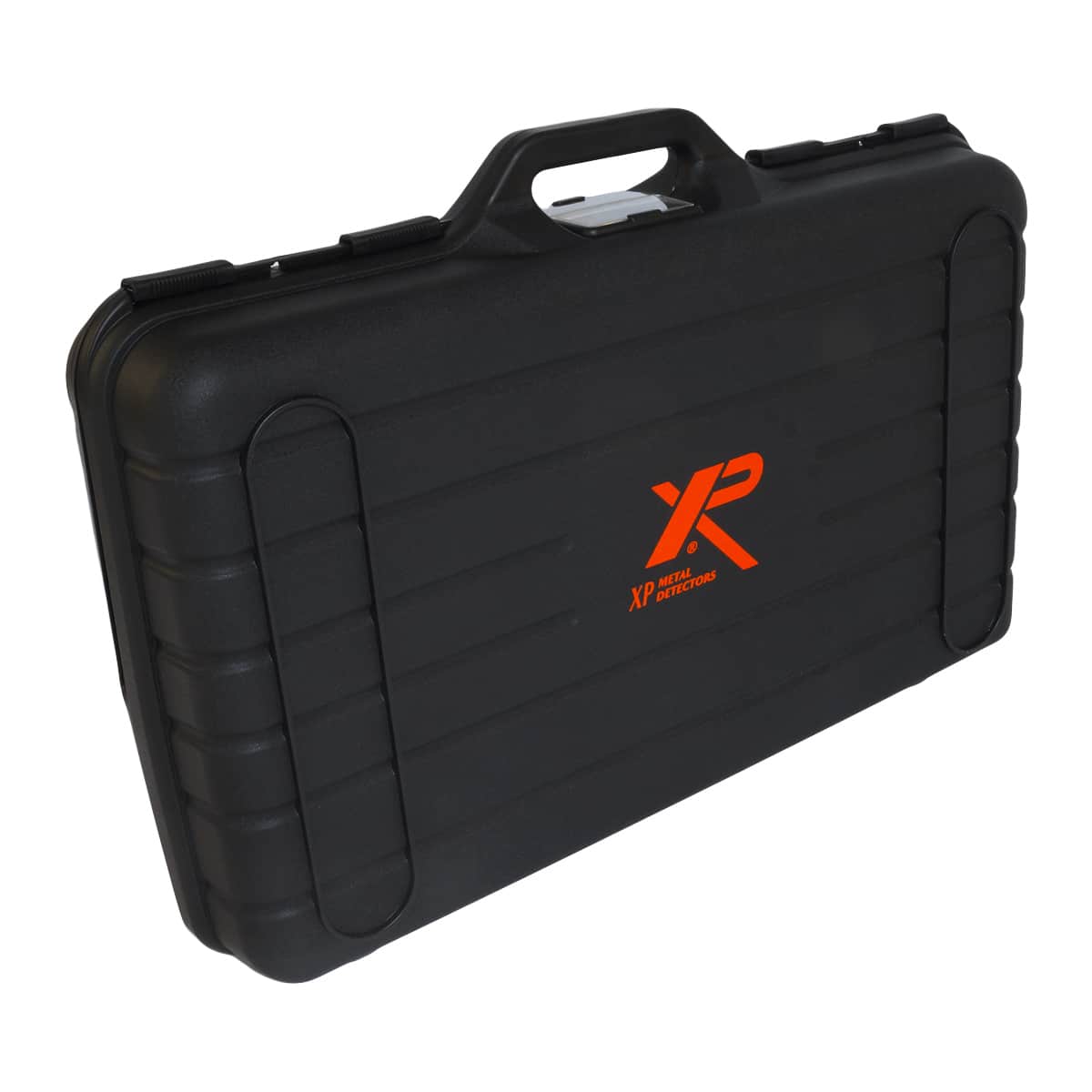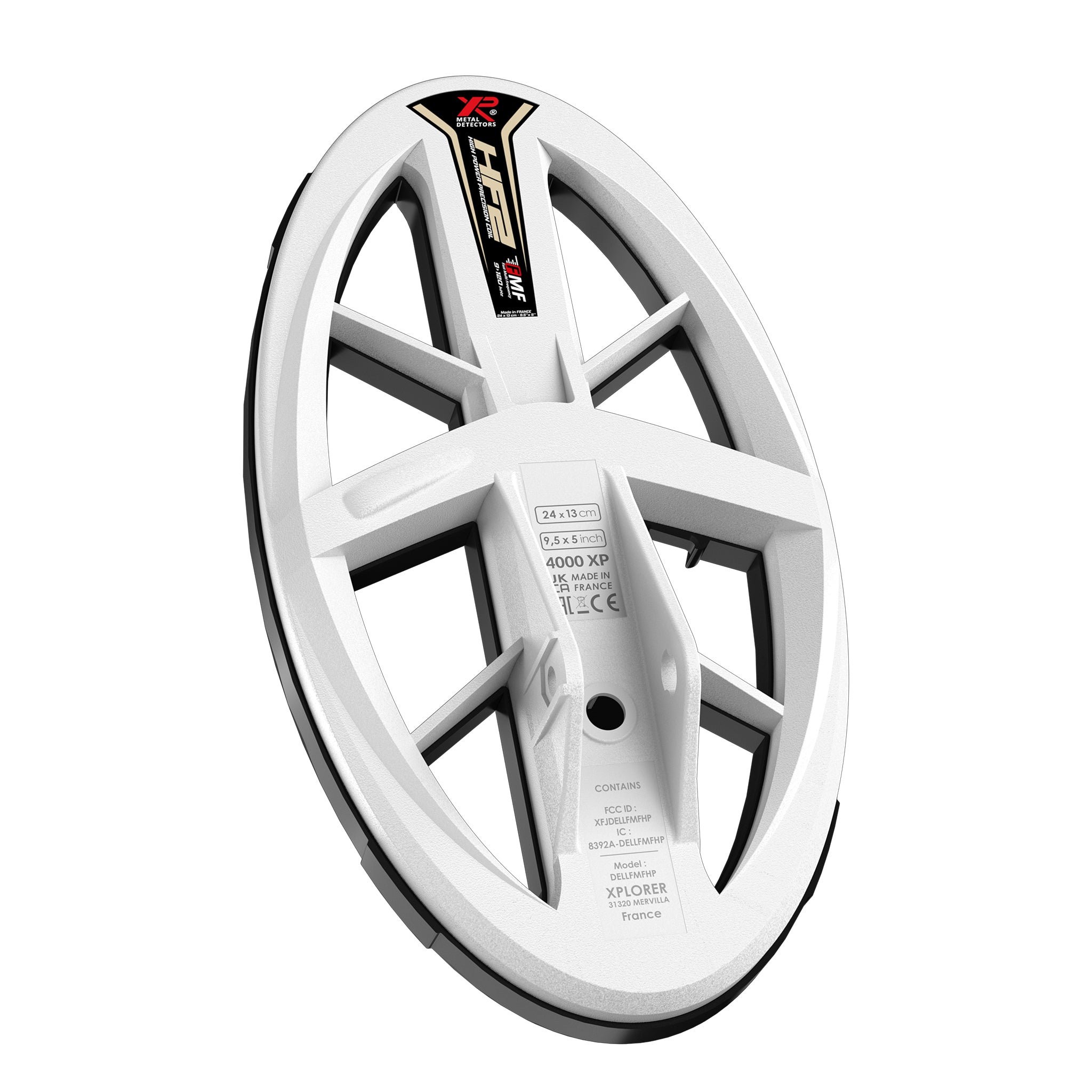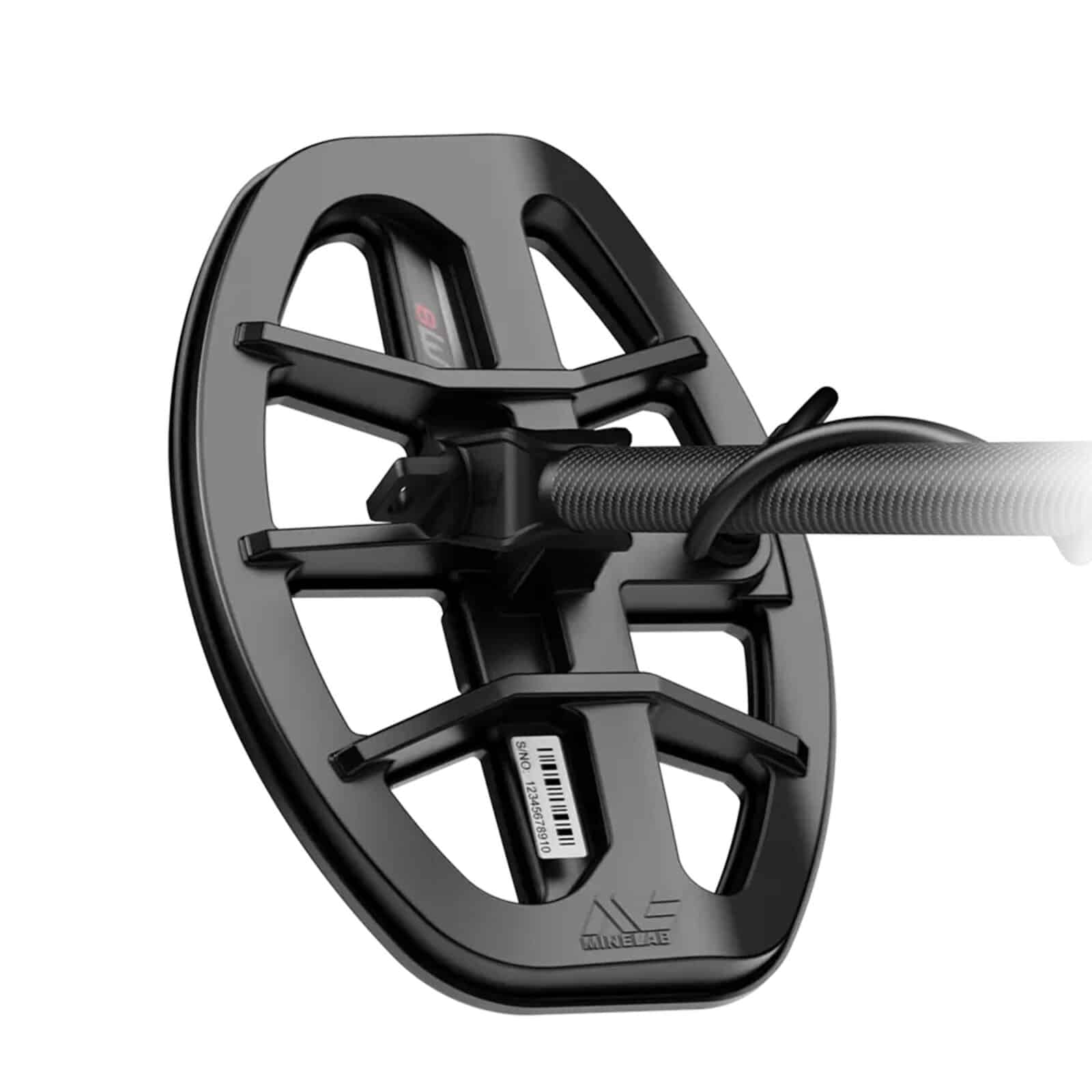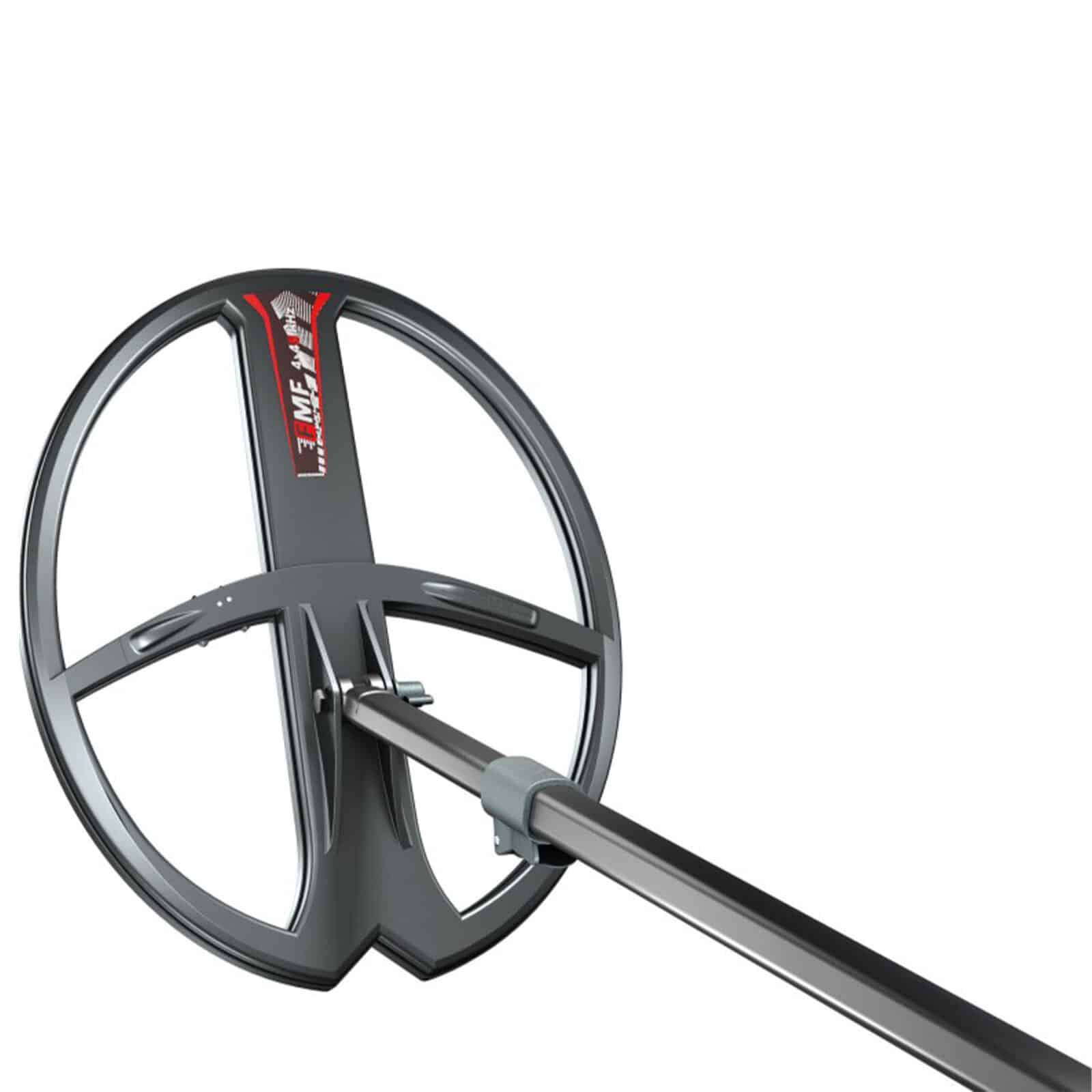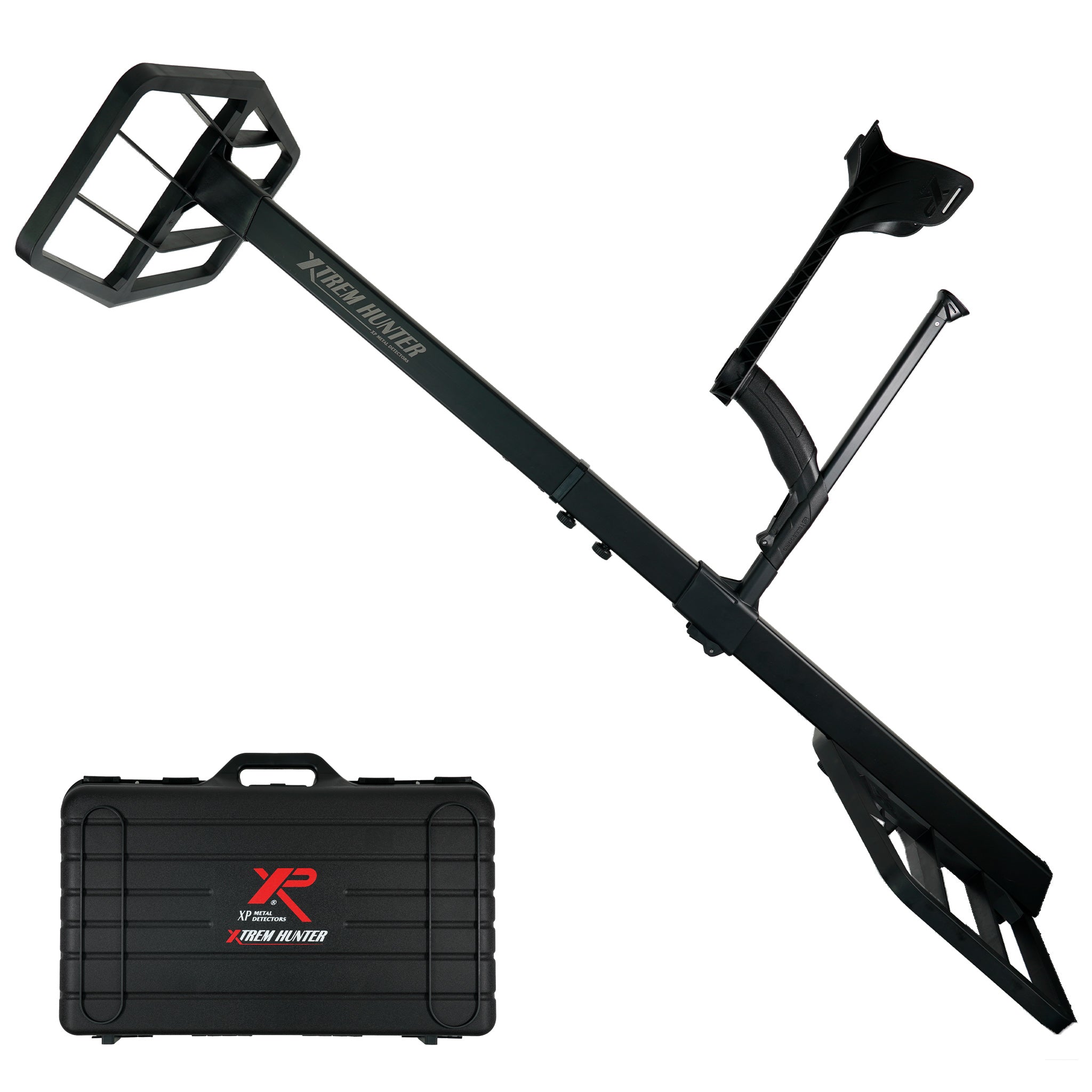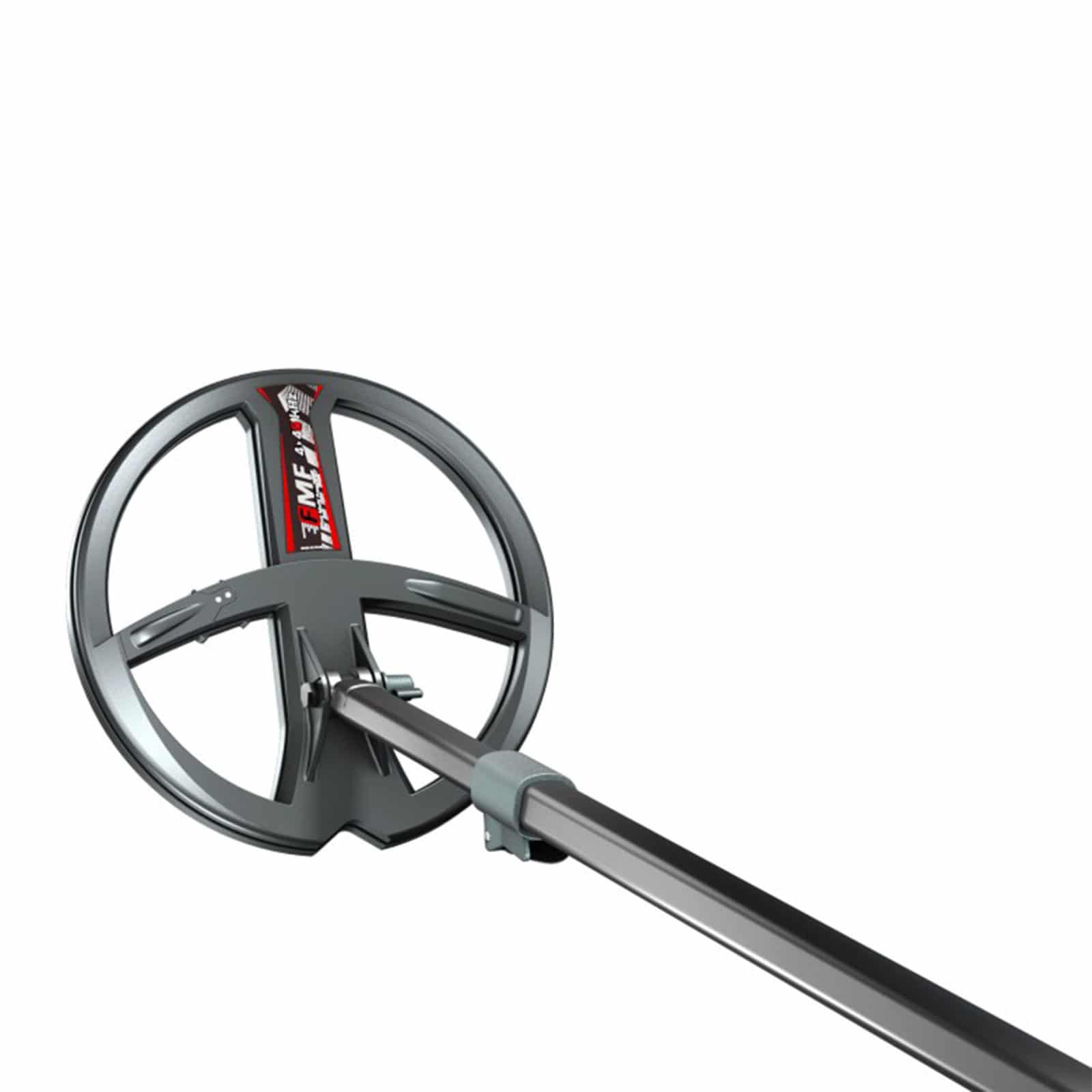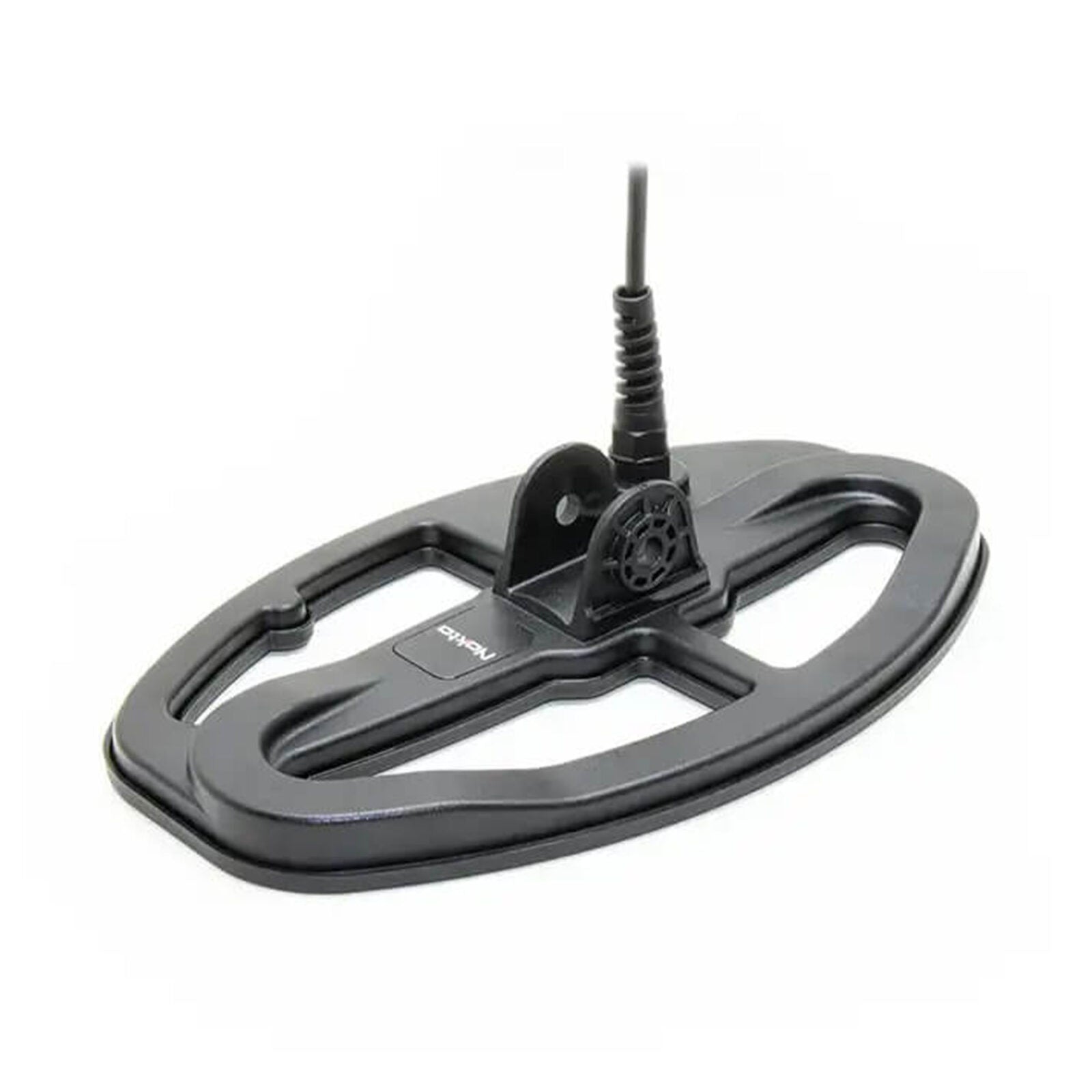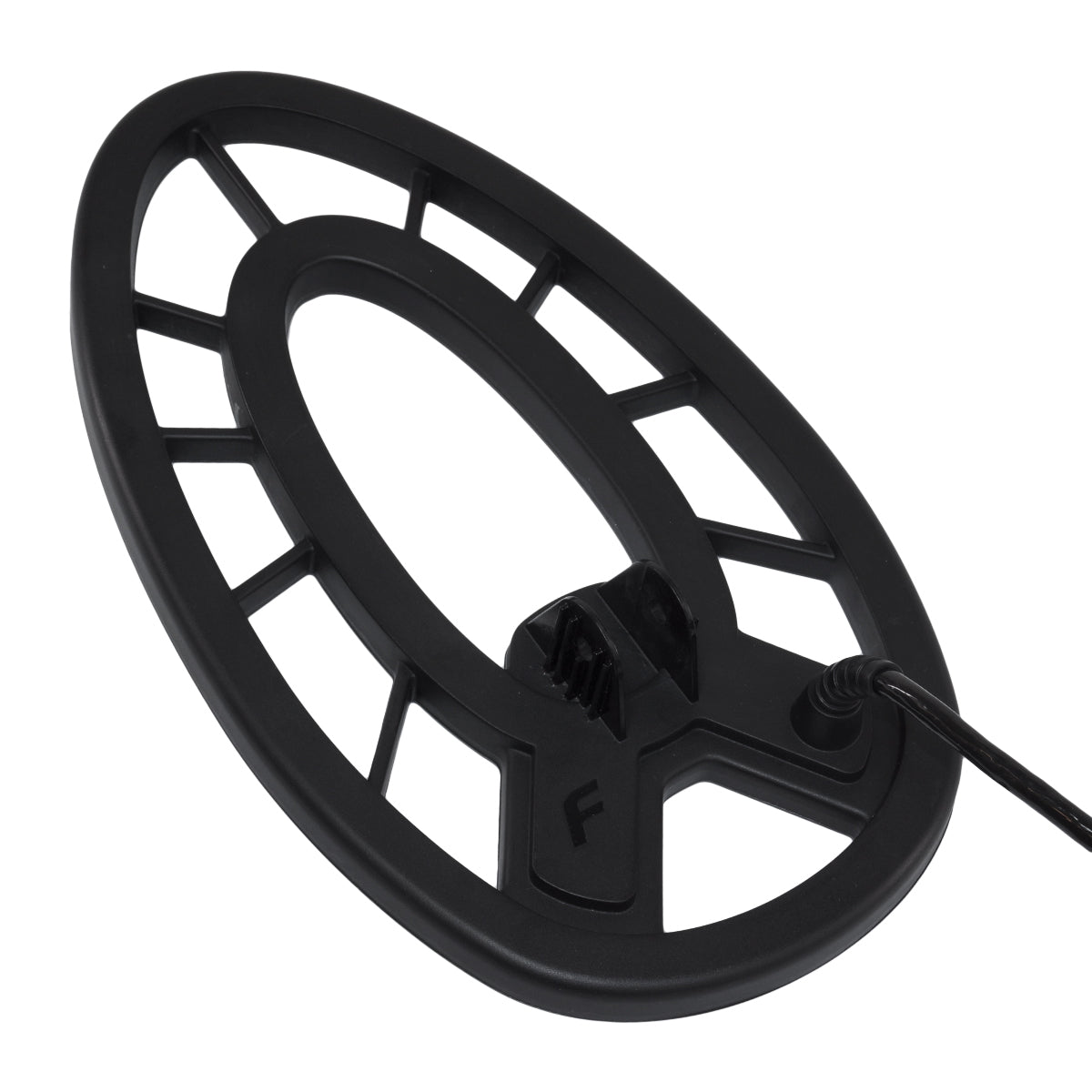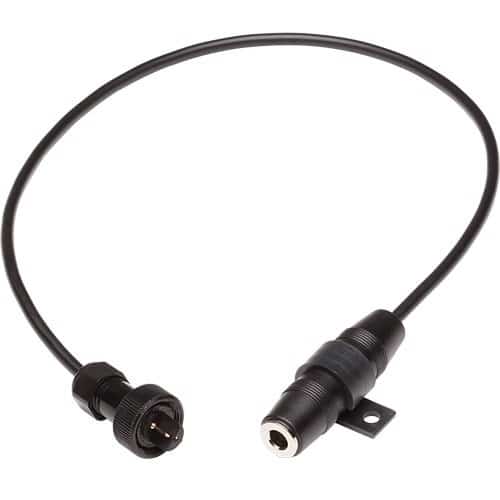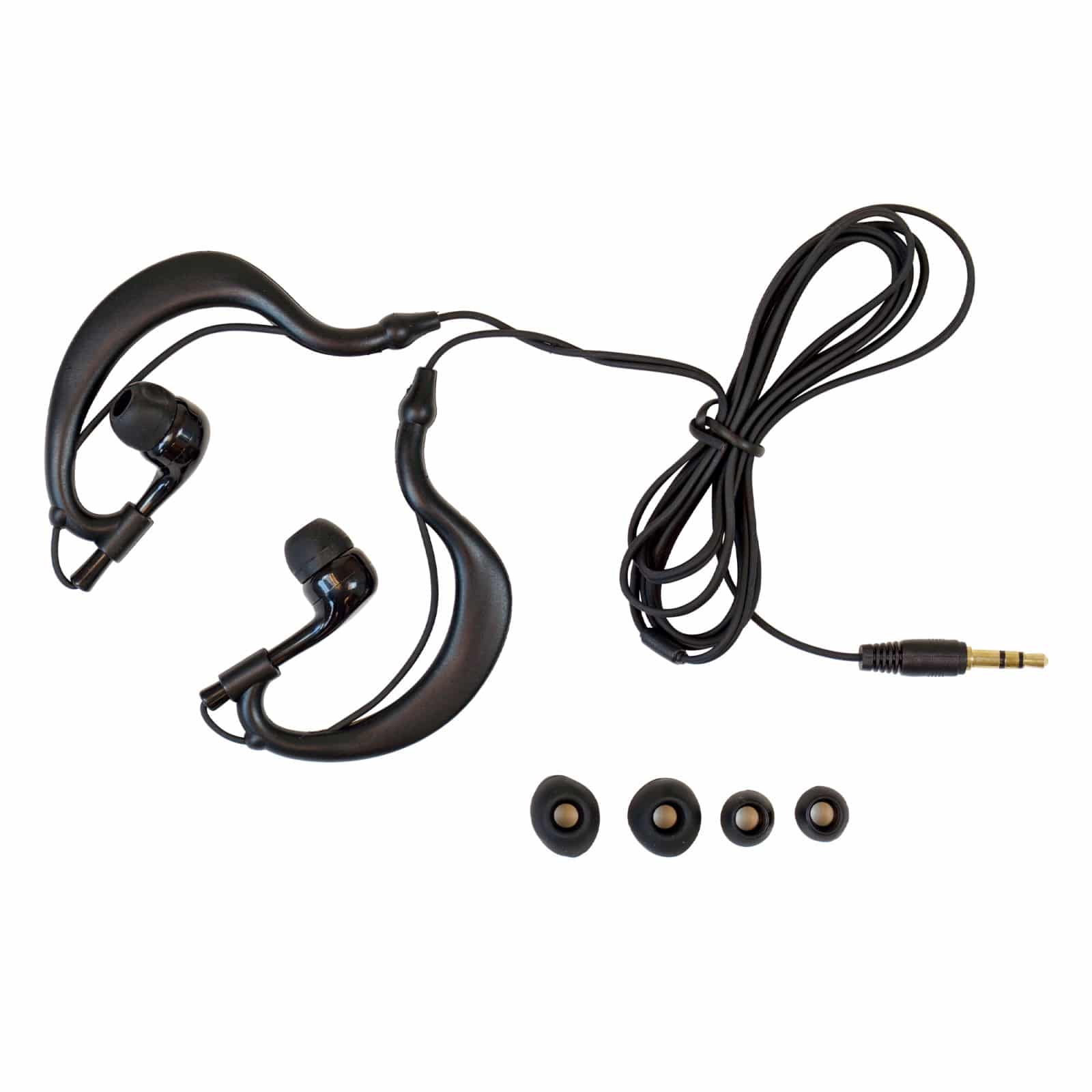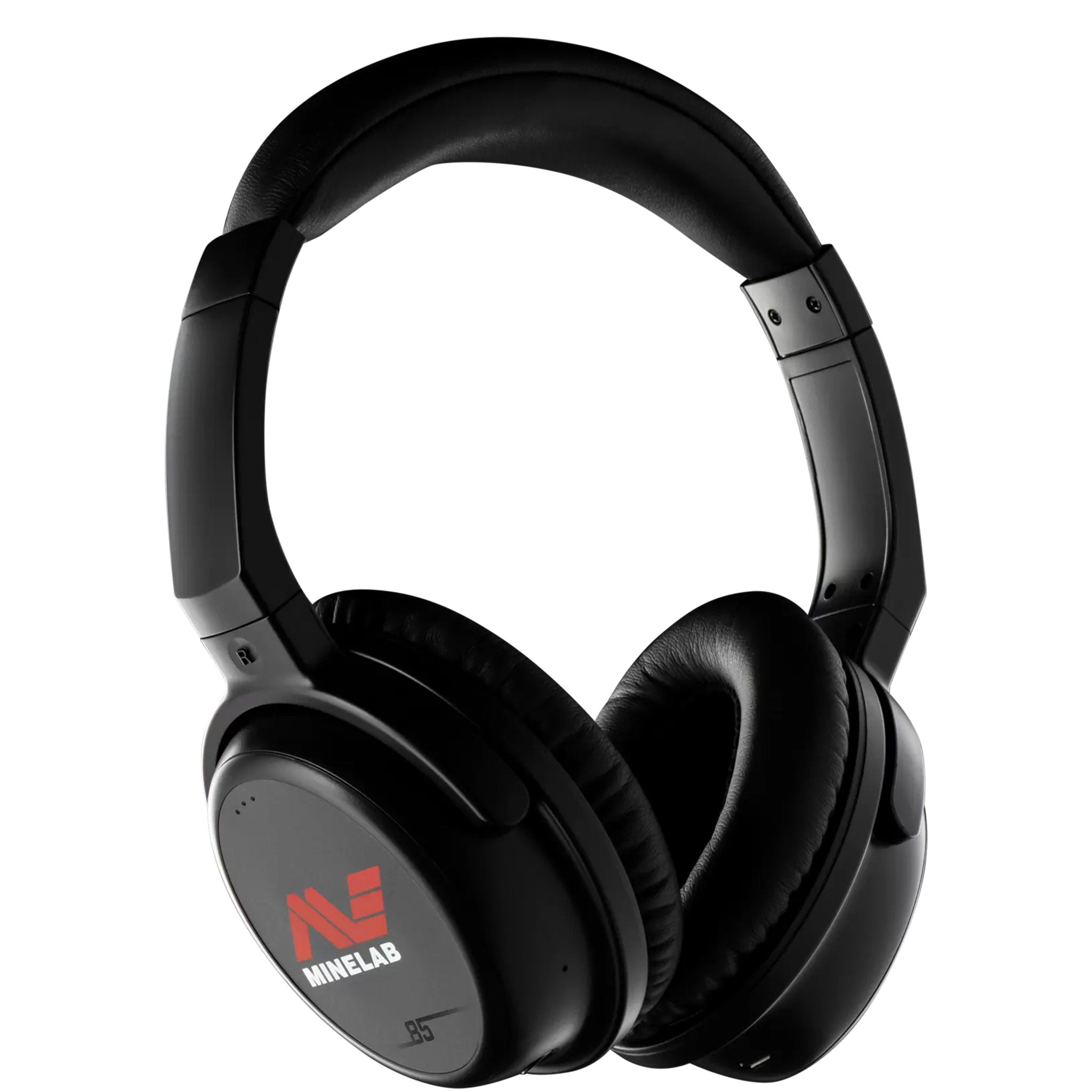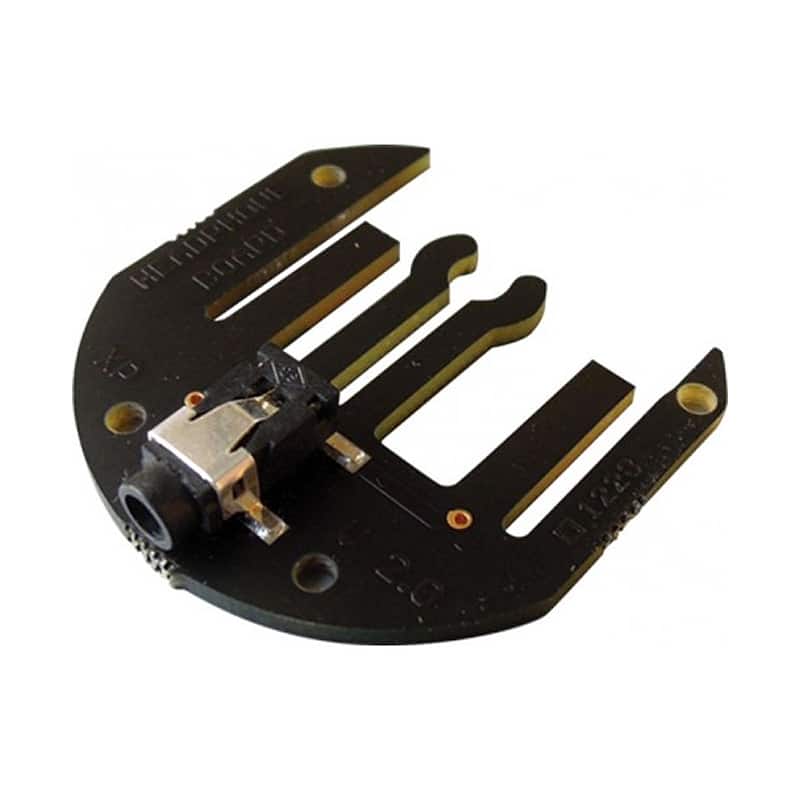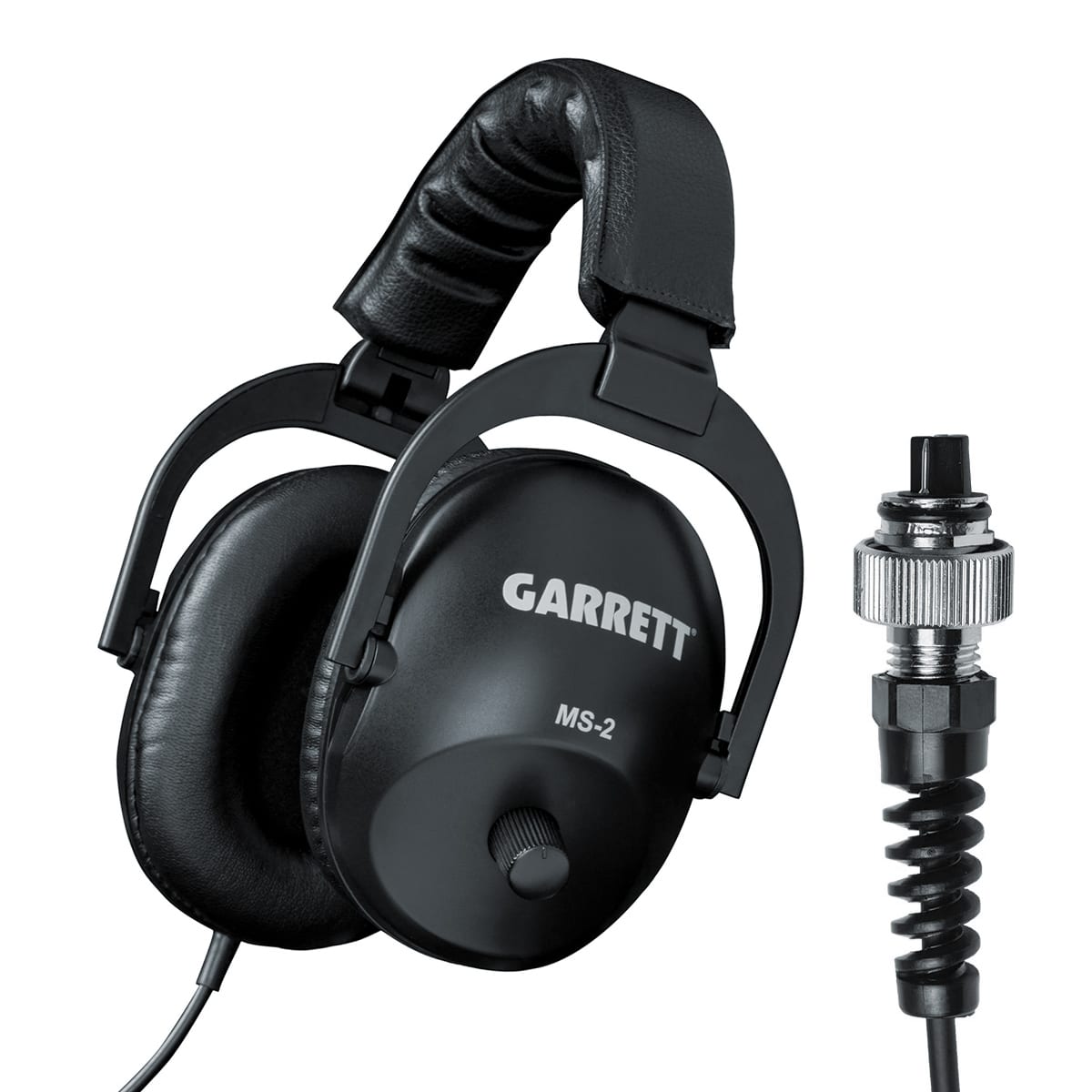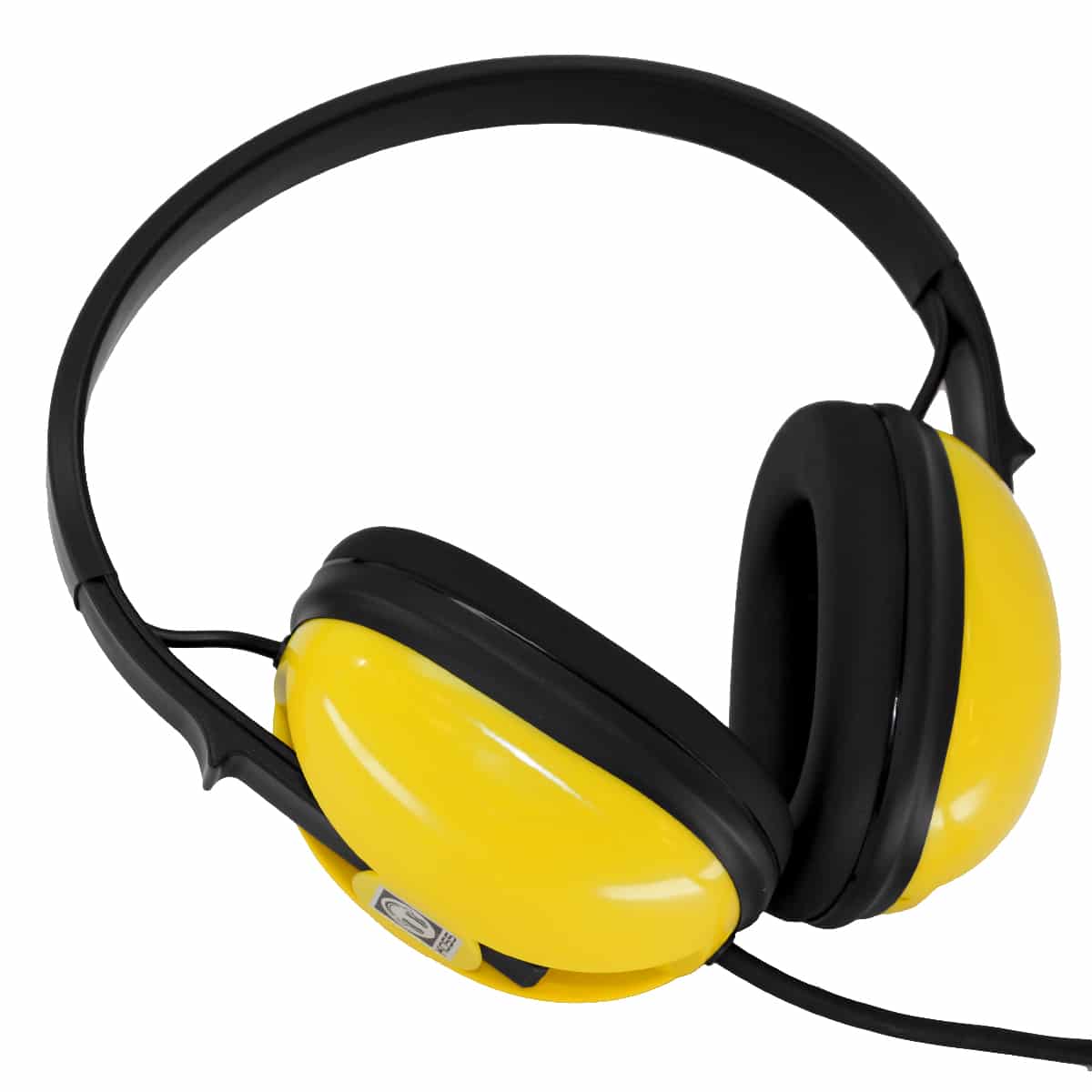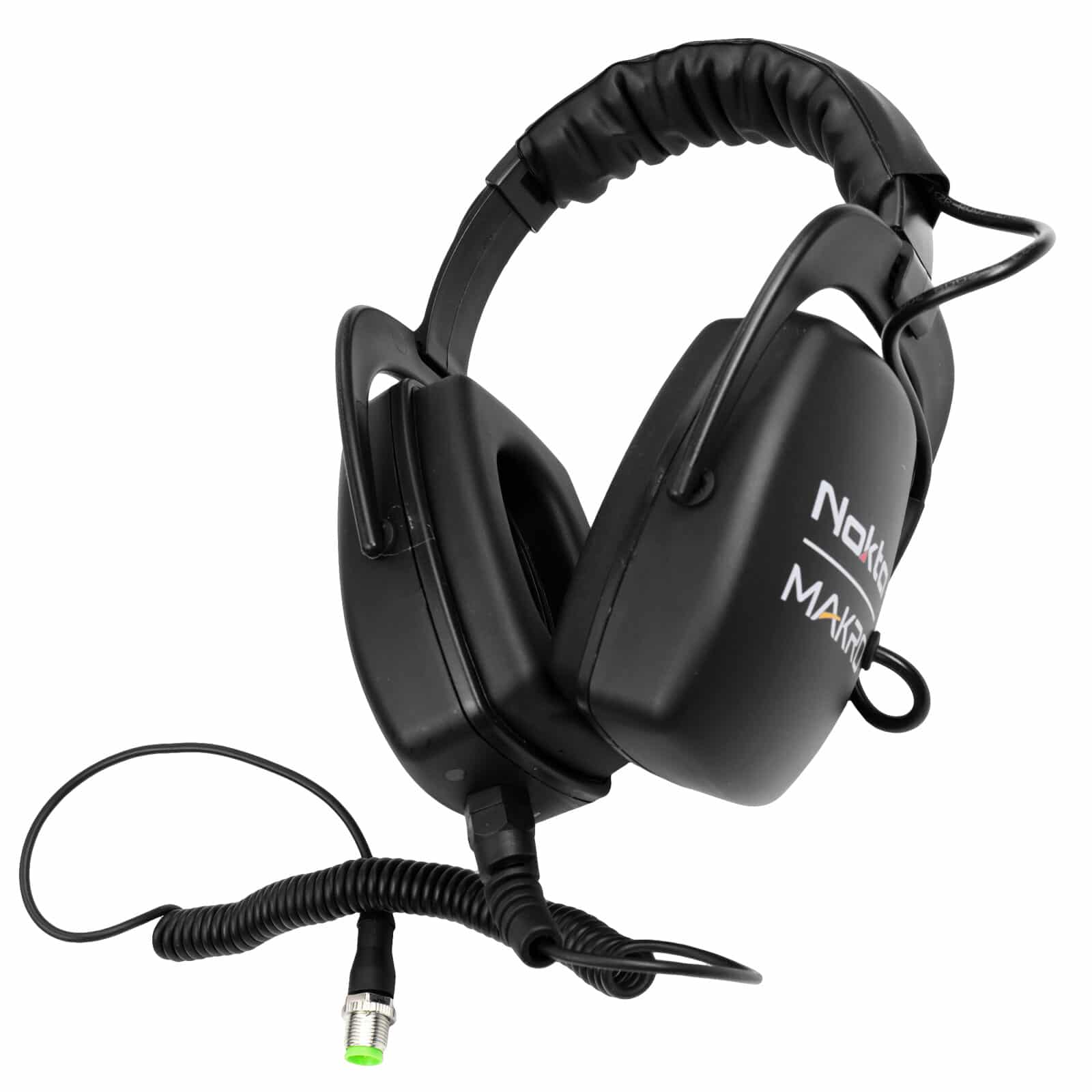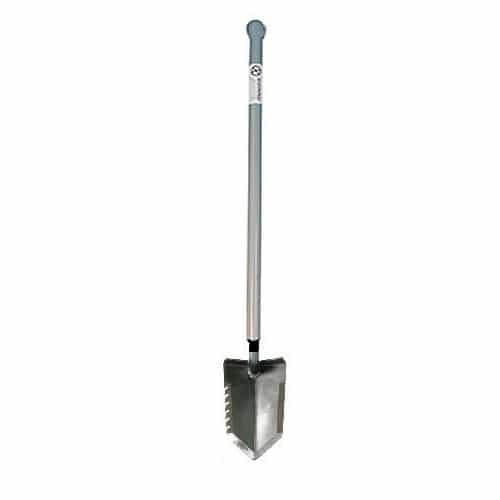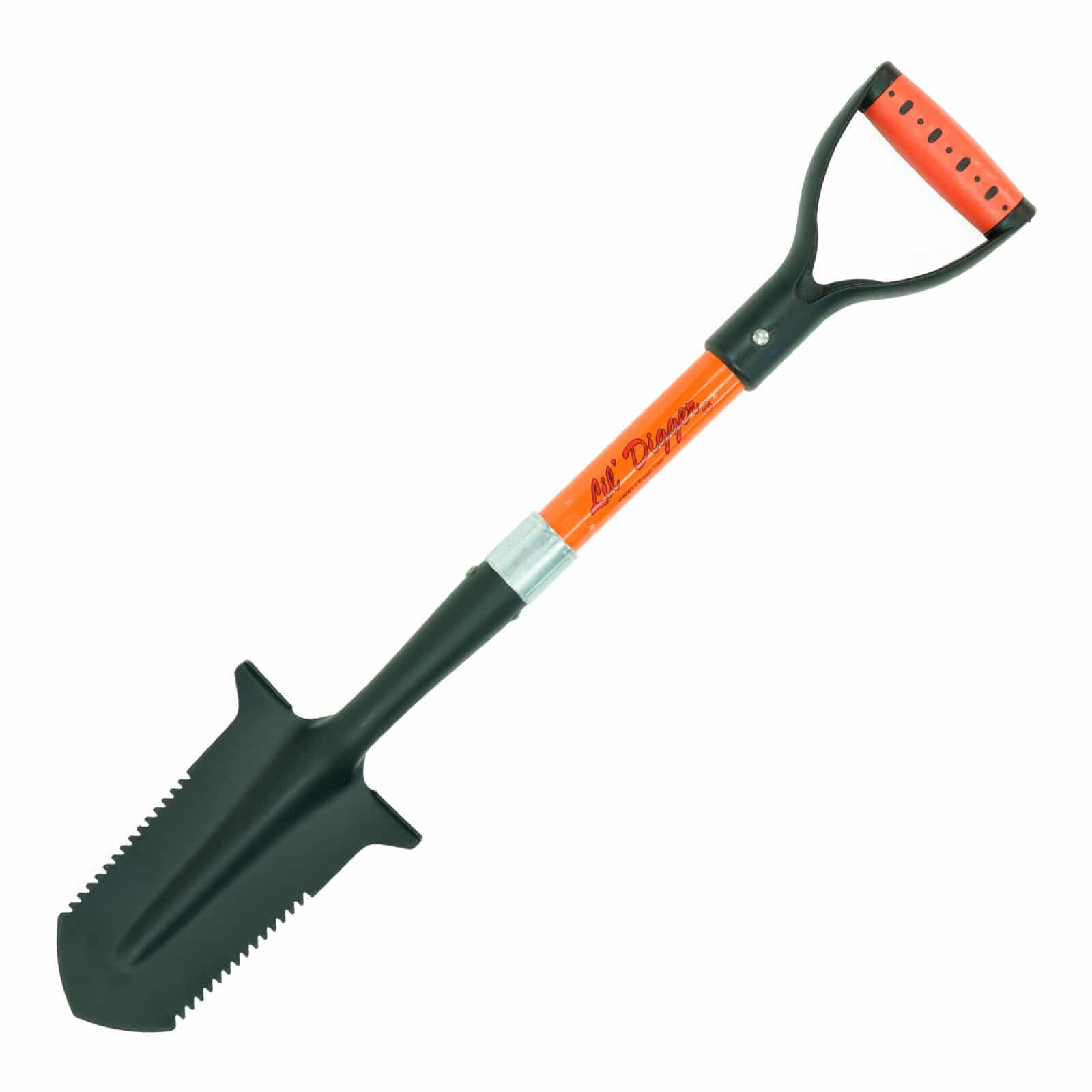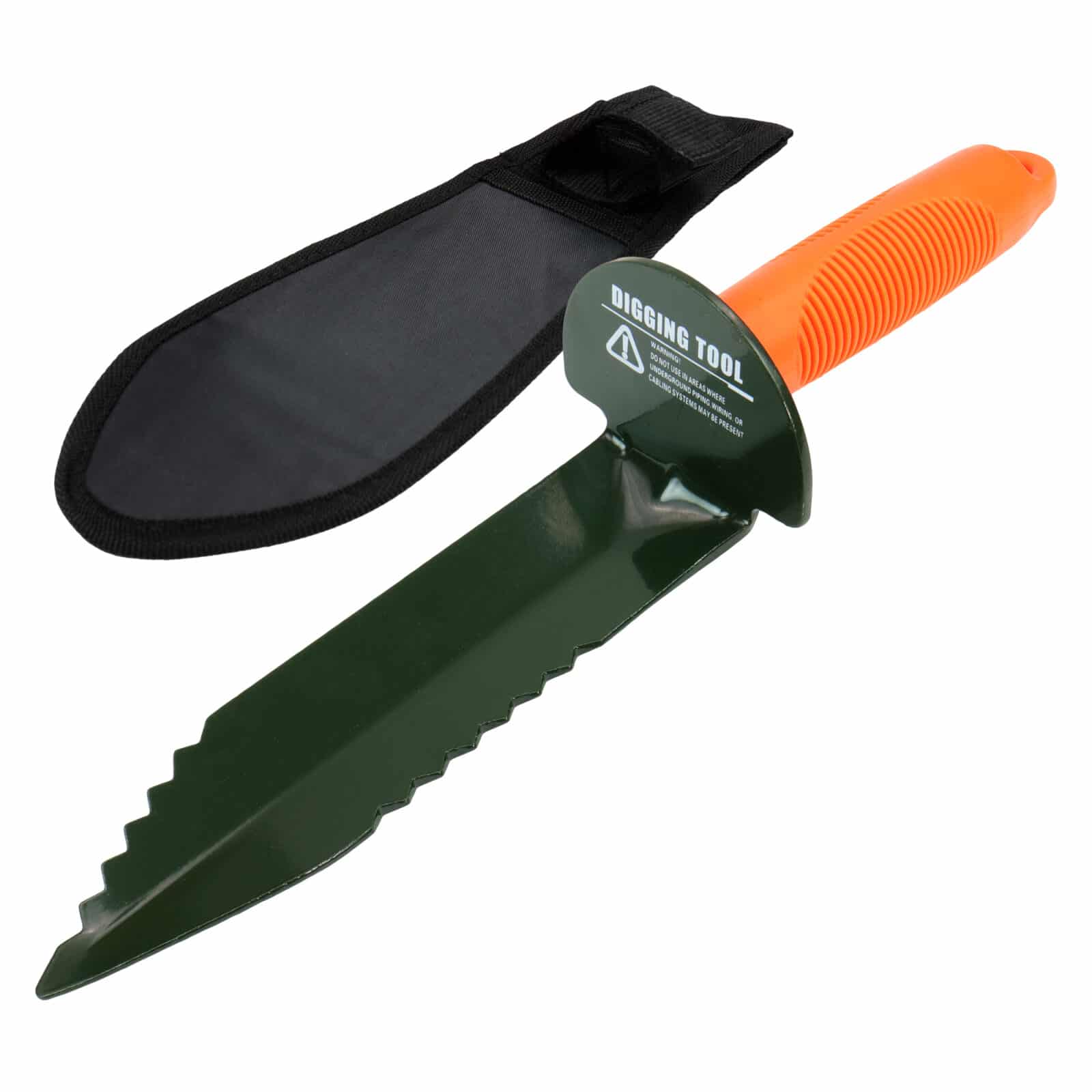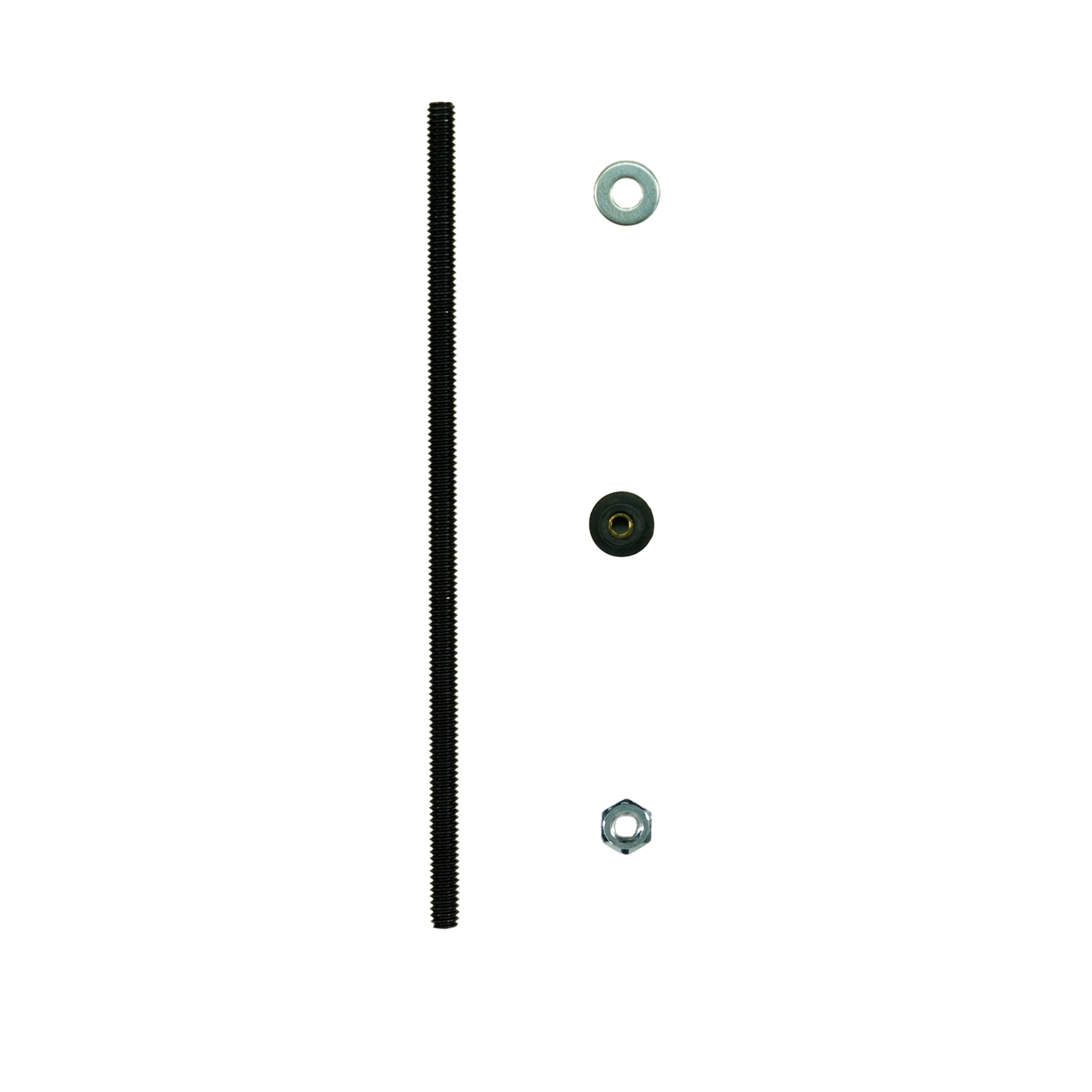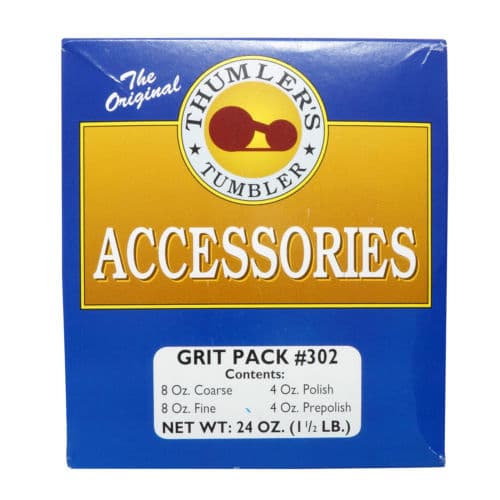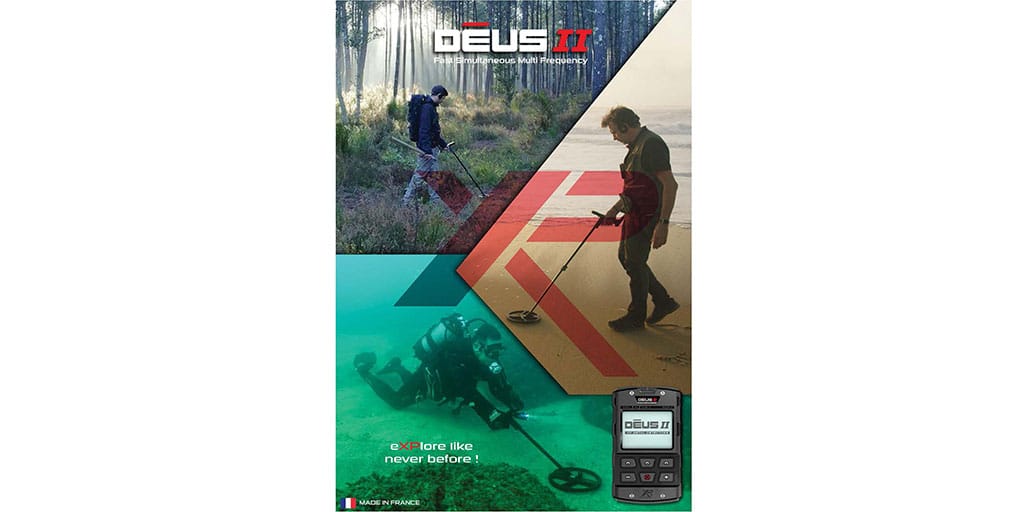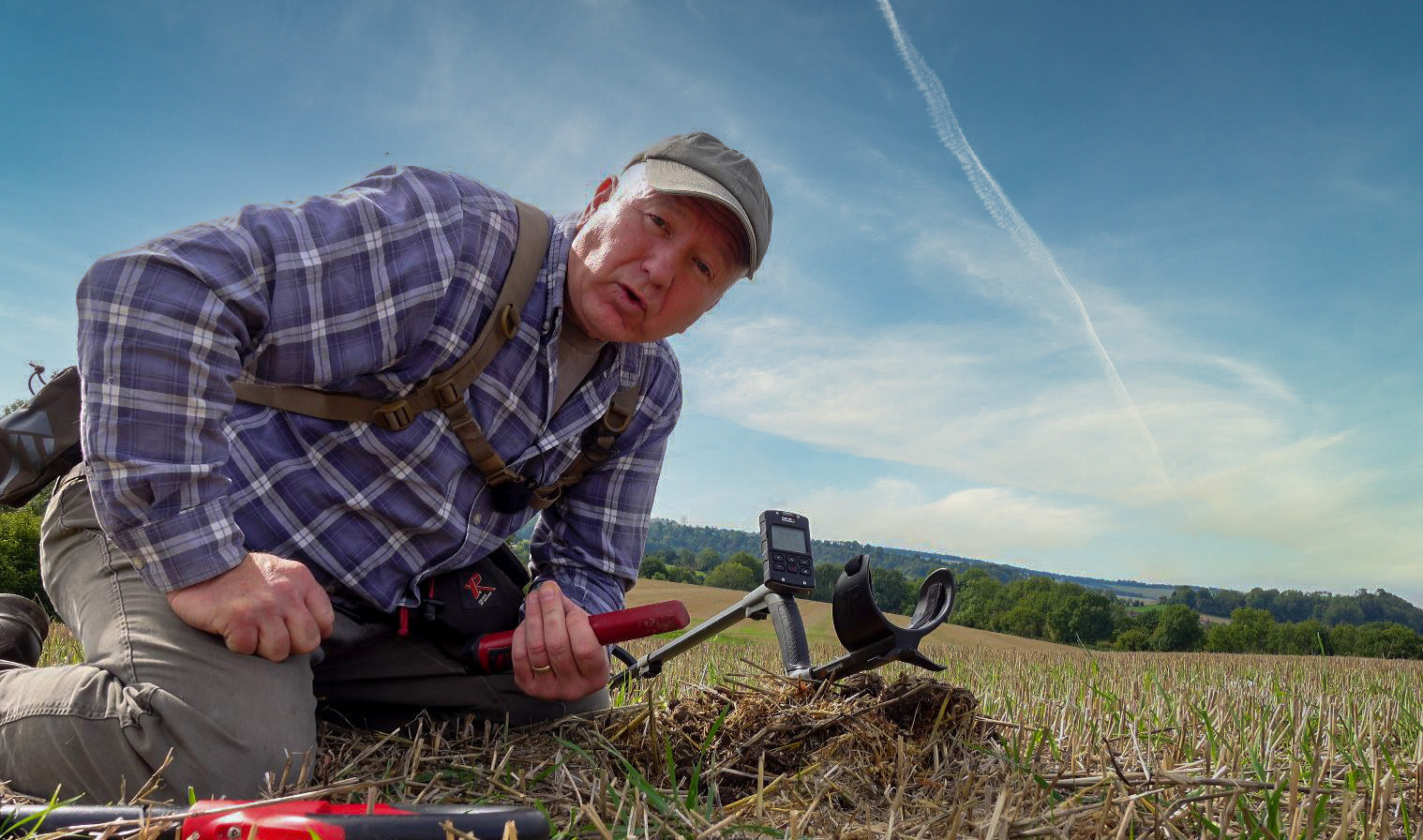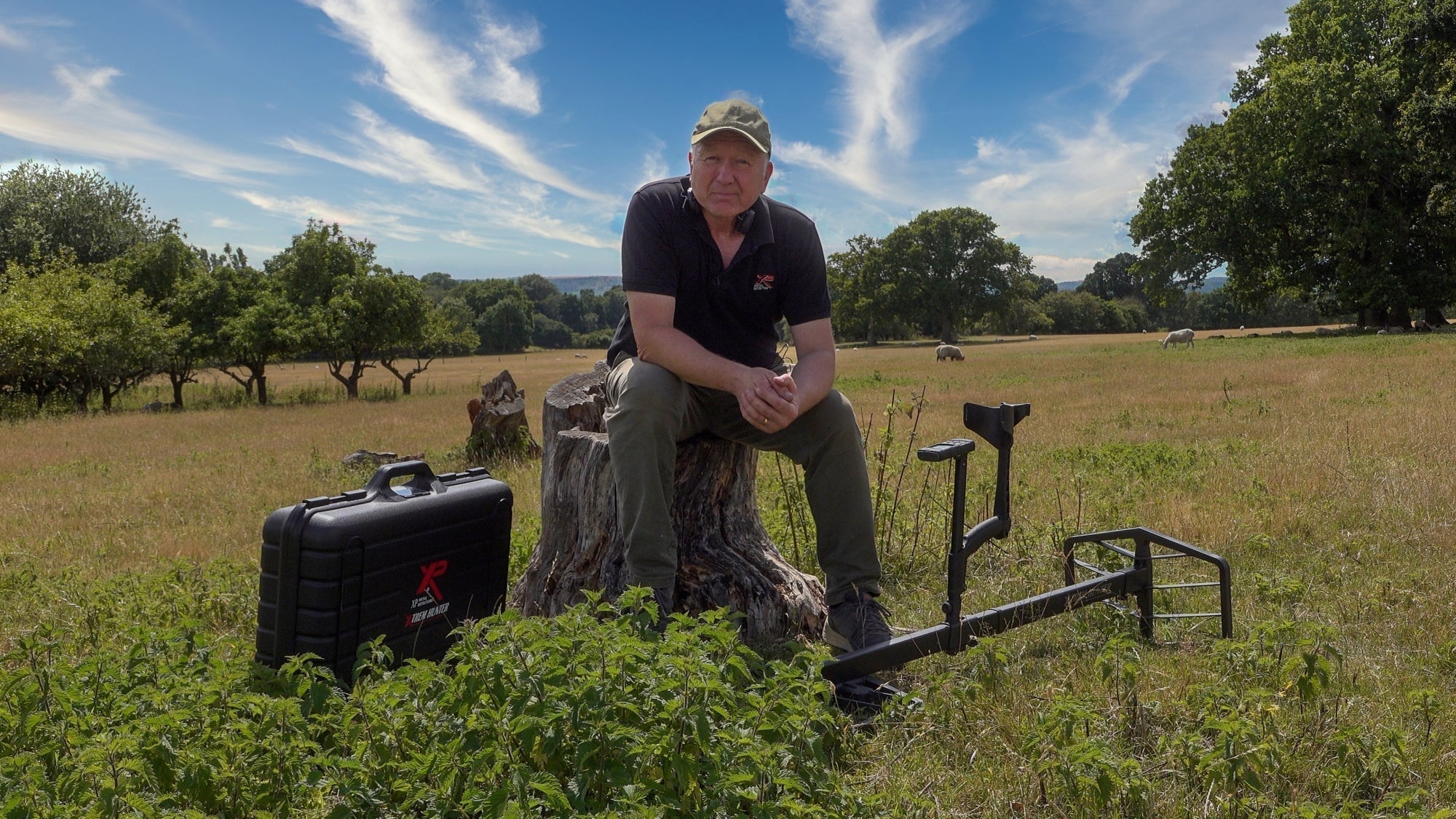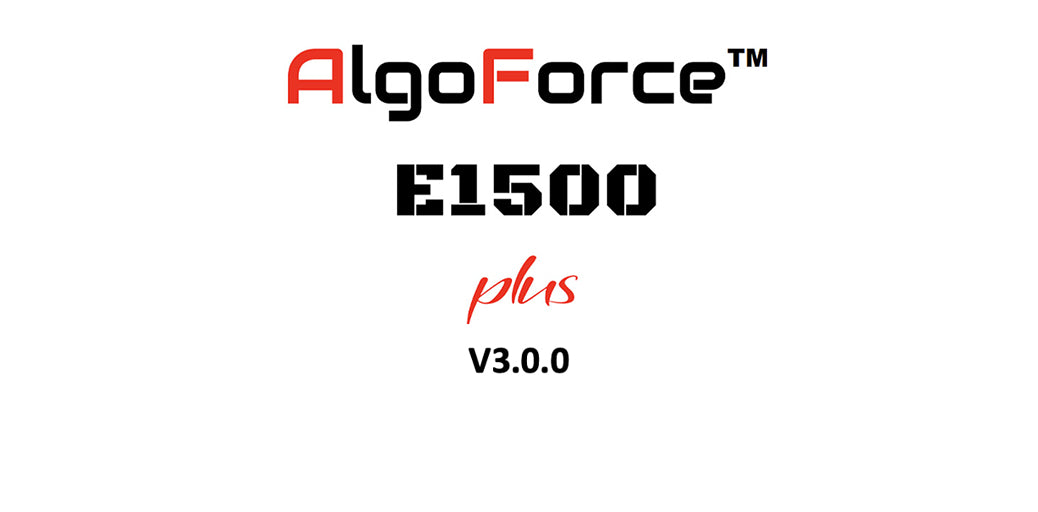What Factory Programs are included for the XP Deus II?
The Deus II has the advantage of offering a wide range of programs suitable for all ground and search conditions. Unlike some multi-frequency detectors that offer fixed multiple frequencies, the Deus II uses different high and low-frequency combinations depending on the programs. For example, some use low to medium frequencies eg. 4 to 14 kHz and other programs include higher frequencies up to 24 kHz or 40 kHz. Program-specific signal processing is applied to these frequency combinations and to the ground in the best possible way. These frequencies can then be subtracted to remove electrically conductive solid or added together to help locate a wider range of targets, The processing platform information used for each program is displayed below. Read the data for each program carefully to get the most out of your Deus II.Program 1 - General
FMF - Max. freq. ~ 40kHz - Conductive Soil Subtraction
General uses low and high frequencies and gives an excellent assessment of targets in the soil. It suits both beginners and experienced users. It offers an excellent target/false signal ratio in the ground, as it rejects the moisture in the soils, which can cause halos and false sounds when passing over holes, for example. You will therefore have more confidence on deep targets. This damp/wet soil subtraction thus attenuates the very low electric conductors like coke (coal and conductive stone) and to a lesser extent certain very thin targets like aluminum foil.- Very effective, test it in the soil, not the air.
- Set the reactivity to 2 for more efficiency in cleaner soil or to 3 for polluted/mineralized soil.
Program 2 - Sensitive
FMF - Max. freq. ~ 40kHz - Frequency Addition
Sensitive uses low and high frequencies up to about 40 kHz. Highly efficient on all targets, it will be very effective in mineralized and polluted ground when searching for the smallest targets,- Thanks to the high precision that the DEUS II carries, coke and humidity can be classified with higher accuracy than the mono-frequency metal detector. A very narrow notch zone is thus activated within frequencies 23 to 25 (see Notch > Expert)
- Reduce the reactivity to 2 for more efficiency in cleaner ground or increase it to 3 for polluted or mineralized ground.
Program 3 - Sensi FT
FMF - Max. freq. ~ 40kHz - Frequency Addition
Sensitive Full Tones is based on the same platform as Program 2 - Sensitive, but it is configured using Full Tone audio mode, with Reactivity at 3 instead of 2.5. It offers a very rich and informative sound identification that requires a little more experience, as each target index generates a different tone in proportion to conductivity, (see Discri > Full Tones)Program 4 - Fast
FMF - Max. freq. ~ 40kHz - Frequency Addition
Fast is based on the same platform as Program 2 - Sensitive, but the audio is set to Pitch mode with Reactivity at 3 instead of 2.5 and uses the same square audio feature. These three settings combined allow the machines to work fast in ferrous-polluted and mineralized ground.Program 5 - Park
FMF - Max. freq. ~ 24kHz - Frequency Addition
Park is adjusted for searching recreational areas such as parks, dry sand beaches, etc., sites that are normally polluted.- A notch is active from 23 to 36 to reject aluminum foil. Increase it if necessary.
- B.Caps is set to 5 to reject most rusty ferrous caps.
Program 6 - Deep HC
FMF - Max. freq. ~ 14kHz - Frequency Addition
Deep High Conductor adds together very low and medium frequencies up to 14kHz. Designed to better locate good conductivity targets, it is ideal for clusters of coins whilst maintaining excellent sensitivity to isolated coins using its 14kHz frequency.- Ground stability is set to 1 and soils above your setting will therefore sound to provide you with the best performance for specific deep searches (see Ground). Adjust the Ground by Grabbing but if you are experiencing too many false signals, adjust GND Stability at 2 to reject all the soils, ferrites, and shocks.
Program 7 - Deus Mono
Monofrequency Adjustable from 4 to 45 kHz
Deus Mono works on a single frequency like Deus I, but combines the advantages of Deus II, such as its expanded frequency range to 45 kHz, improved performance, audio quality, better EMI rejection, etc. There is more likelihood of connecting with an unstable frequency while using several simultaneous frequencies than just one and the Deus Mono could help you in these situations.- Ground above your ground effect setting will sound like in Deus I. Adjust the ground by automatic acquisition ( see Ground > Grabbing), but if you are experiencing too many false signals, adjust it manually to 88-90 to reject all the ground including ferrite and shocks.
Program 8 - Gold Field
FMF - Max. freq. ~ 40kHz - Frequency Addition
Gold Field is intended for highly mineralized gold-bearing ground. Gold nuggets are often seen as the ground or ferrous items in these tricky environments. It is set to "all metal" for deeper detection and only rejects the localized ground to which you should regularly adjust by Grabbing (see Ground). It will accept ground above and below your Ground setting.- Discriminate the surface ferrous items with the IAR Discrimination setting (see Discrimination > IAR).
- Increase the Reactivity when searching strong mineralization for greater stability.
Program 9 - Relic
FMF - Max. freq. ~ 24kHz - Frequency Subtraction
Relic is processed in the same way as Program 8 - Gold Field, but uses lower subtracted frequencies to search for large masses, It is configured for "all metal" with low Reactivity and only rejects the localized ground to which you should regularly adjust by Grabbing (see Ground). It will accept ground above and below this ground setting.- To search for deep large masses: Sweep well above the ground, e.g. 15 or 20 cm, to avoid being hindered by shallow ferrous items and above all the ground effects that may distort deeper signals. You will then be able to identify deep masses by the longer sounds. Depending on the ground and your patience, reducing the Reactivity to 0 will offer a huge advantage in order to gain greater depth.
Program 10 - Diving
FMF - Max. freq. ~ 14kHz - Conductive Soil Subtraction
Diving is the first and most stable of three programs intended for submerging in saltwater environments or simply on wet sand. Its very low and medium subtracted frequencies will better locate valuable targets such as rings and coins, whilst naturally being less responsive to low conductive targets like aluminum foil compared to the more sensitive Beach 11 and 12 programs. It can thus save time and be more effective in difficult diving conditions.- Do not hesitate to activate B.Caps if there are troublesome rusty ferrous caps.
- Select an inland program preferably for freshwater diving.
Program 11 - Beach
FMF - Max. freq. ~24kHz - Conductive Soil Subtraction
Beach uses higher frequencies up to 24kHz and thus is more sensitive to small targets compared to Diving. It is well suited to wet zones.- Sweep parallel without raising the coil at the end of each pass. If you cannot maintain an even weep and notice instability, you can reduce Salt sens (see Menu) to reduce the Salt water sensitivity.
- Increase the Reactivity if you experience instability or pollution.
- Do not hesitate to activate B.Caps if there are troublesome rusty ferrous caps.
- Beach can also be used while diving but the response may be more unsettled.
Program 12 - Beach Sens
FMF - Max. freq. ~ 40kHz 0 Conductive Soil Subtraction
Beach Sens incorporates frequencies up to about 40kHz offering excellent sensitivity to the smallest targets without losing performance on bigger targets. This is the deepest beach program for wet conditions but also the most reactive.- Sweep parallel without raising the coil at the end of each pass. If you cannot maintain an even sweep and notice instability:
- Reduce Salt sens (see Menu) to reduce the Salt water sensitivity.
- Increase the Reactivity to 1, 2, or 2.5.
- Reduce the Audio Response.
- Activate B.Caps if there are troublesome rusty ferrous caps.

